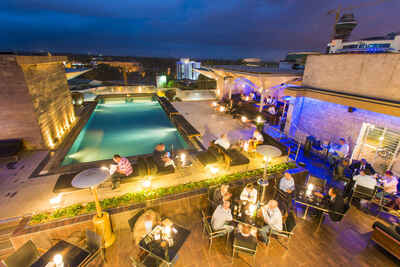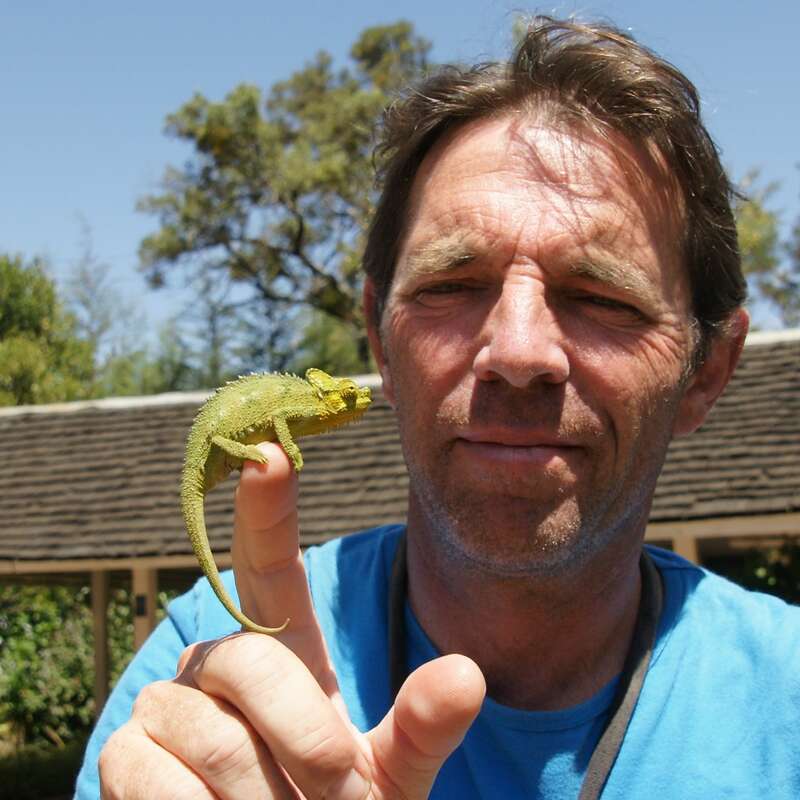About Sankara
Opened in 2010 in the busy central Nairobi suburb of Westlands, the 156-room Sankara is aimed largely at ...
... the business-traveller market. It stands on a modest-sized plot that was formerly part of the grounds of the neighbouring Jacaranda Hotel.
With 156 rooms the Sankara is not small, yet it has the vibe of a boutique hotel, largely down to the slick professionalism of the staff and management who make it run like a well-oiled machine and are proud of the fact. We love the well-thought-out rooms and the calm efficiency that seems to pervade the whole hotel. We thought the food was a bit variable – never less than OK, and sometimes sublime – but a visit to the popular rooftop Sarabi bar and pool for a moment’s reflection over the Nairobi night skyline was a wonderful way to finish the day.
Our view
With 156 rooms the Sankara is not small, yet it has the vibe of a boutique hotel, largely down to the slick professionalism of the staff and management who make it run like a well-oiled machine and are proud of the fact. We love the well-thought-out rooms and the calm efficiency that seems to pervade the whole hotel. We thought the food was a bit variable – never less than OK, and sometimes sublime – but a visit to the popular rooftop Sarabi bar and pool for a moment’s reflection over the Nairobi night skyline was a wonderful way to finish the day.
Accommodation
156 rooms
Children
Fine for all ages.
Open
All year
Activities

4WD Safari

Birdwatching

Cultural excursion

Elephant encounter
Traveller reviews of Sankara
2 real, un-edited reviews from Expert Africa's travellers.
Arrived 11 Mar 2018, 1 nights
"Good base for Nairobi"
Overall rating: Good
Arrived 20 Feb 2013, 2 nights
"Convenient and comfortable"
Overall rating: Excellent
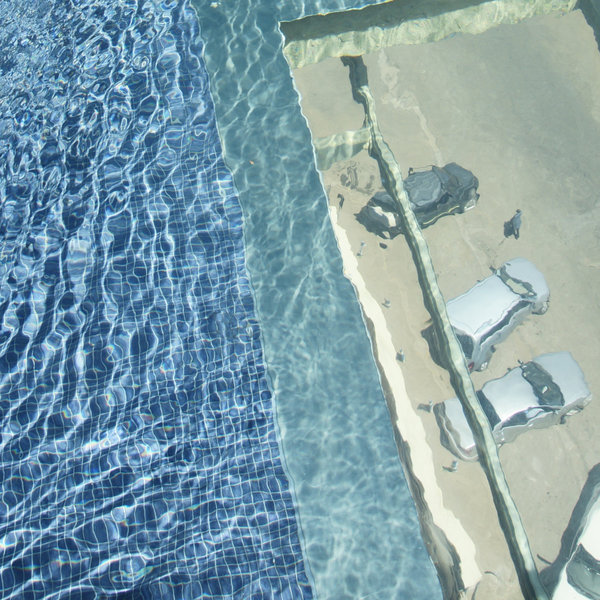
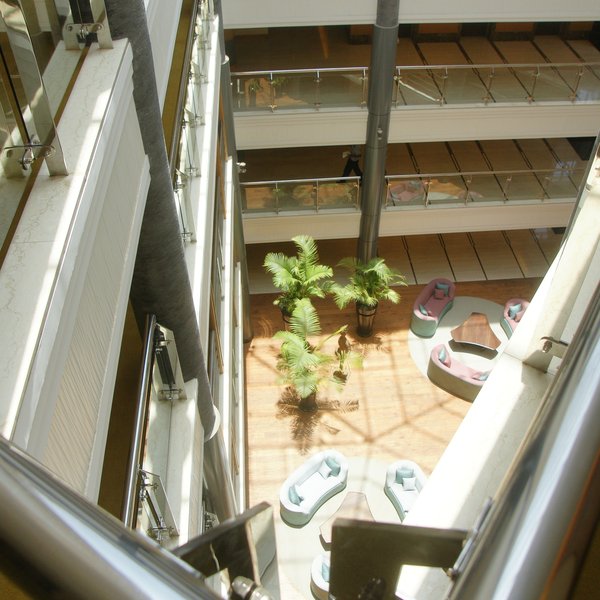
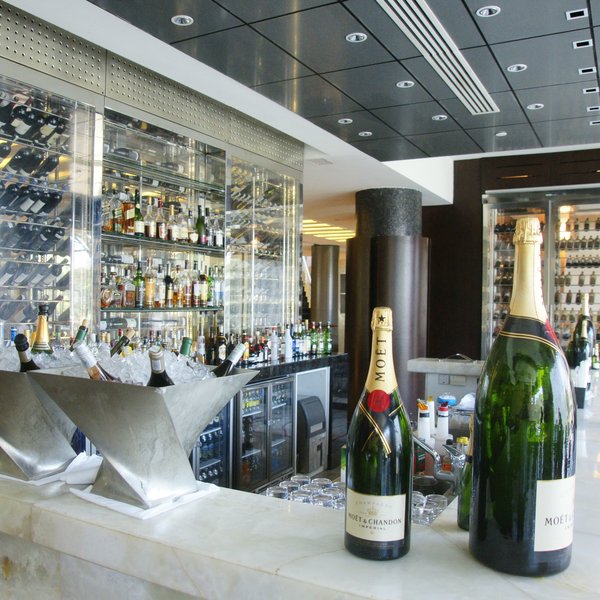
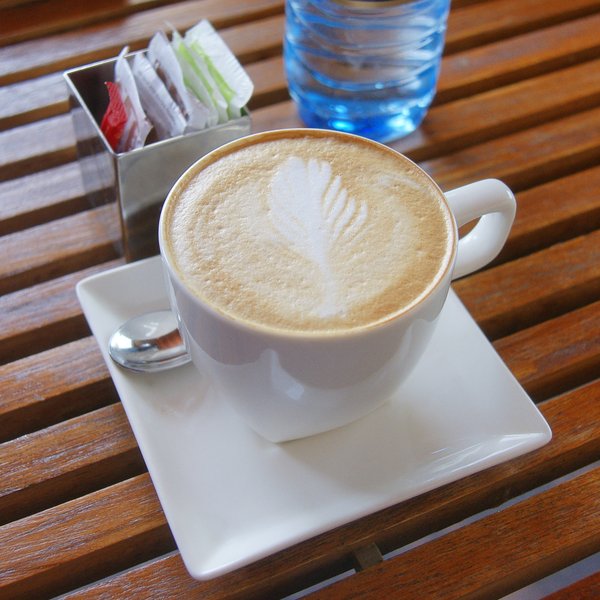
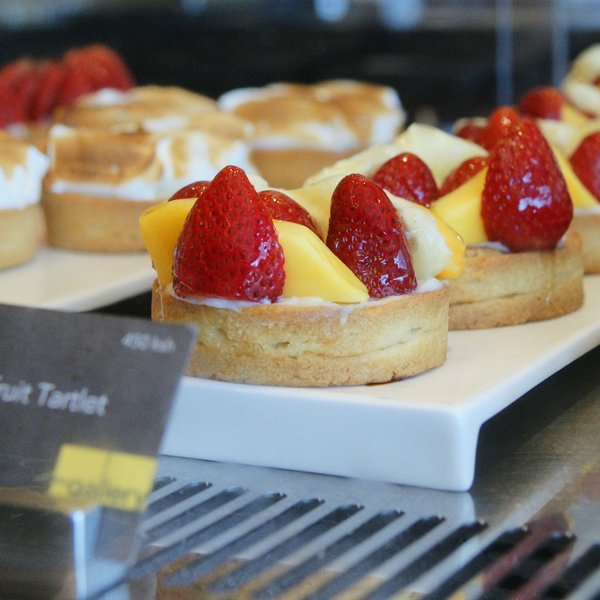
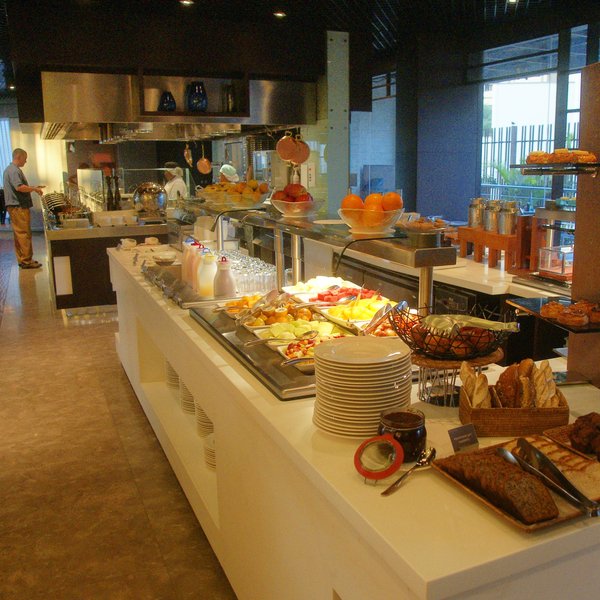
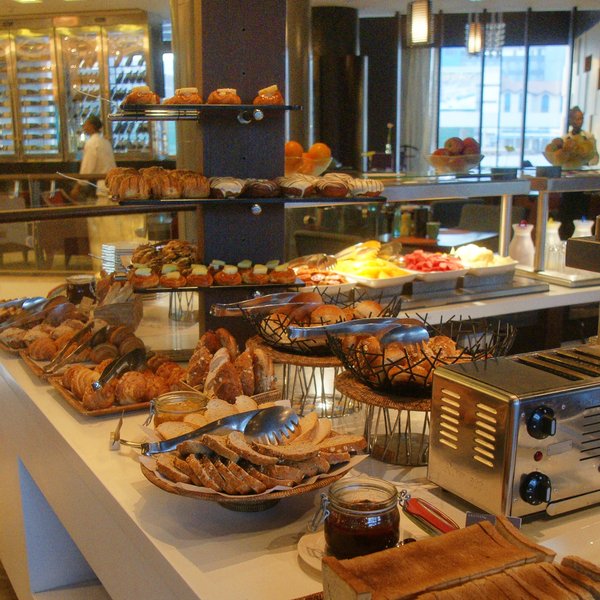
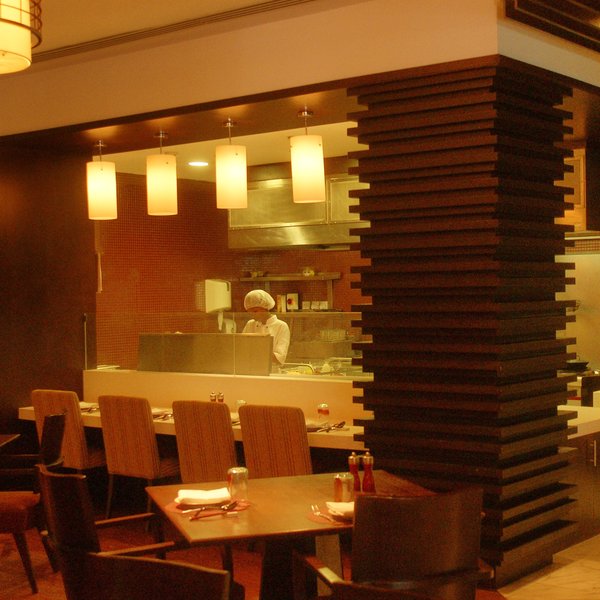
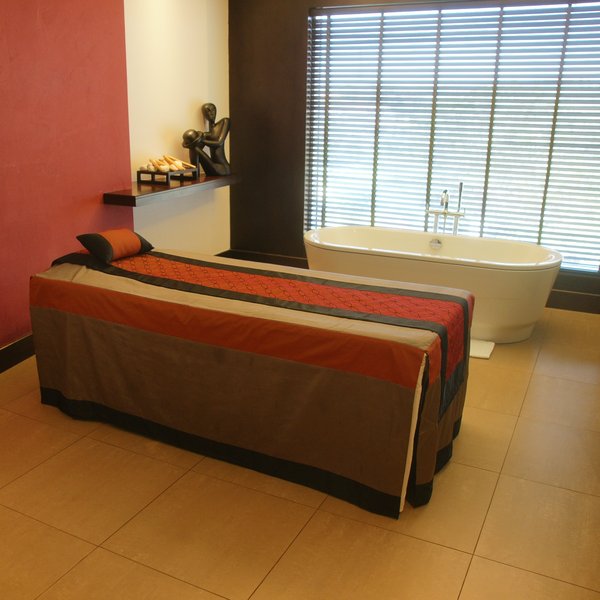
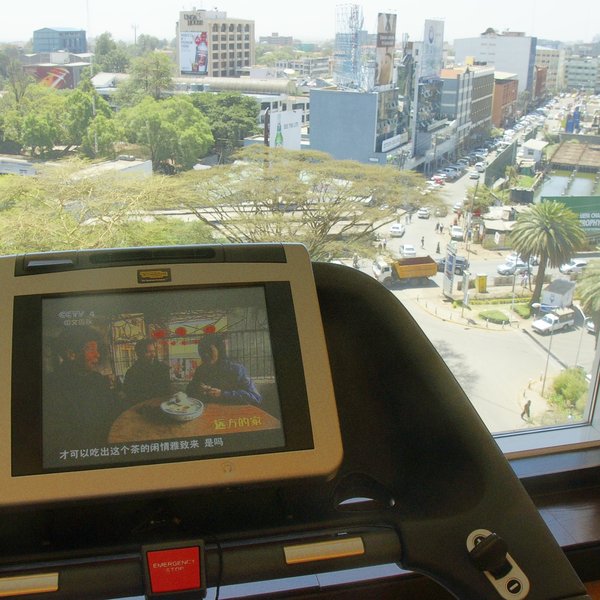
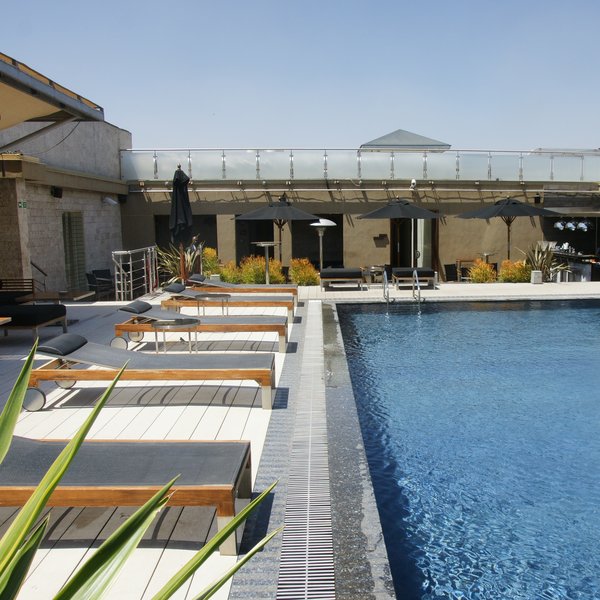
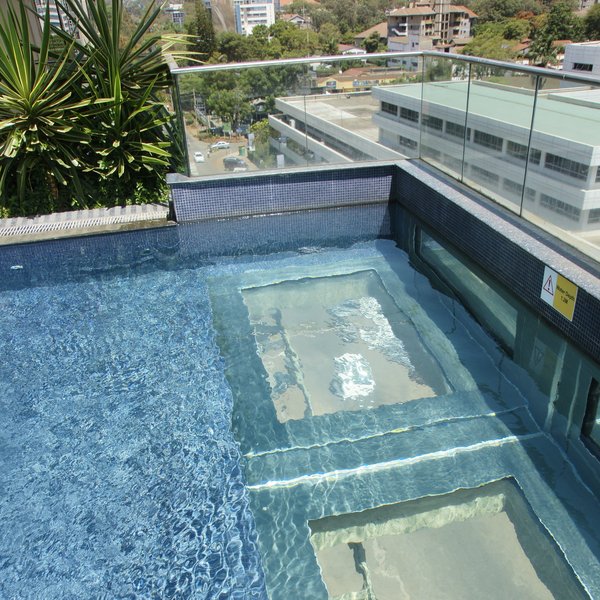
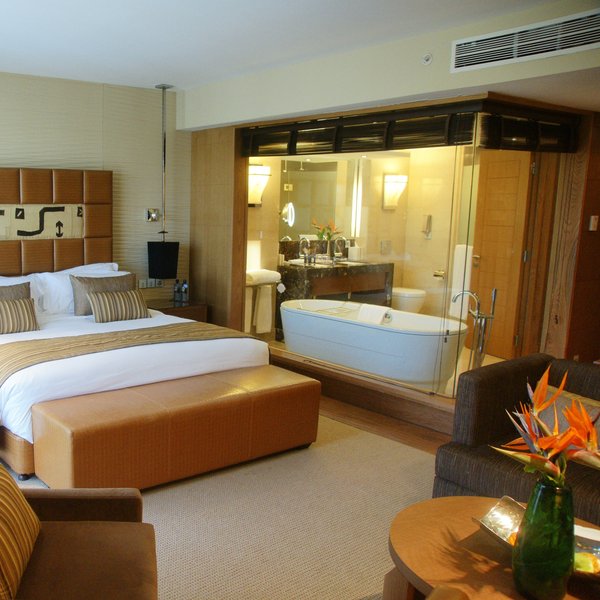
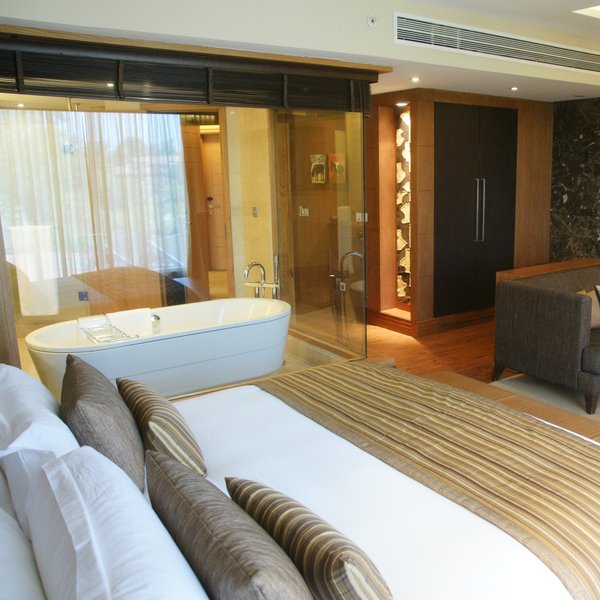
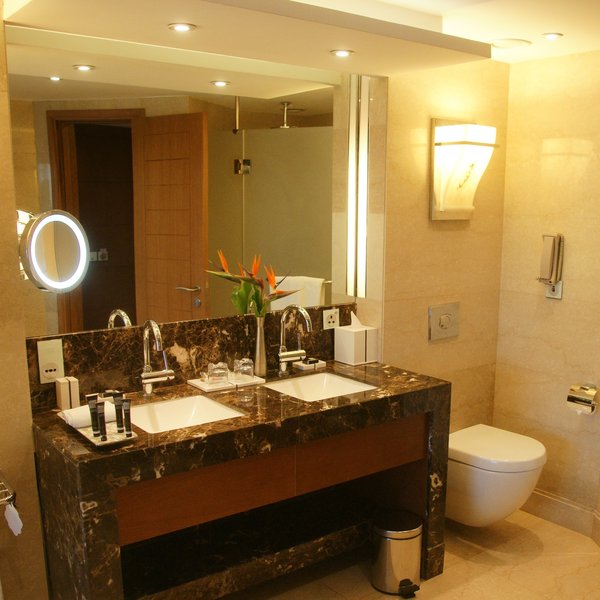
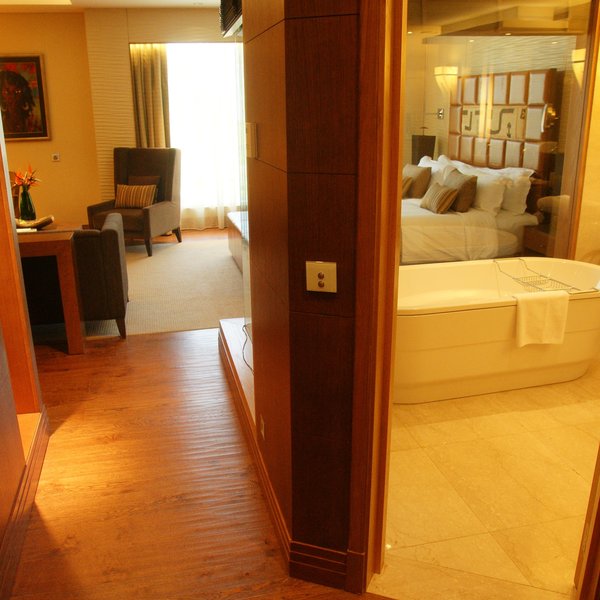
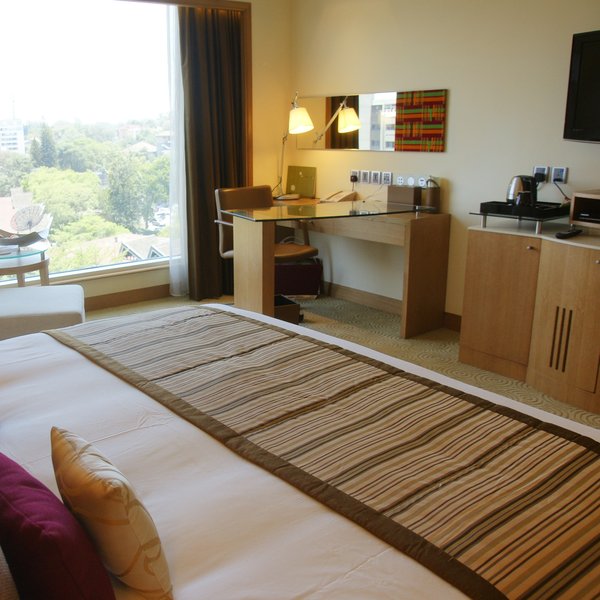
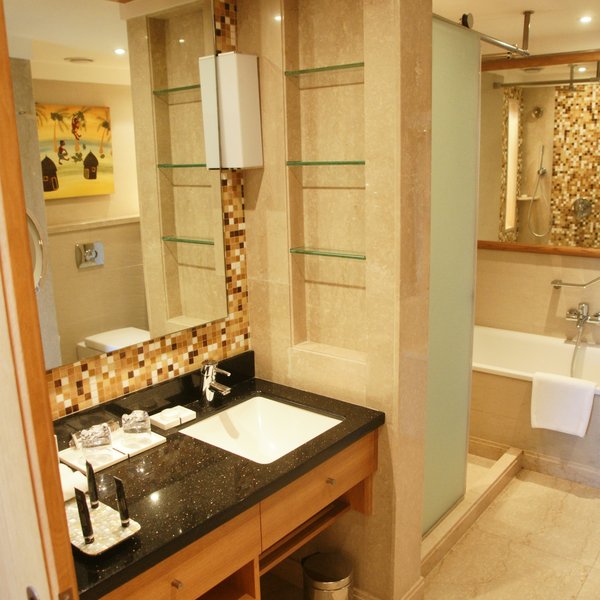
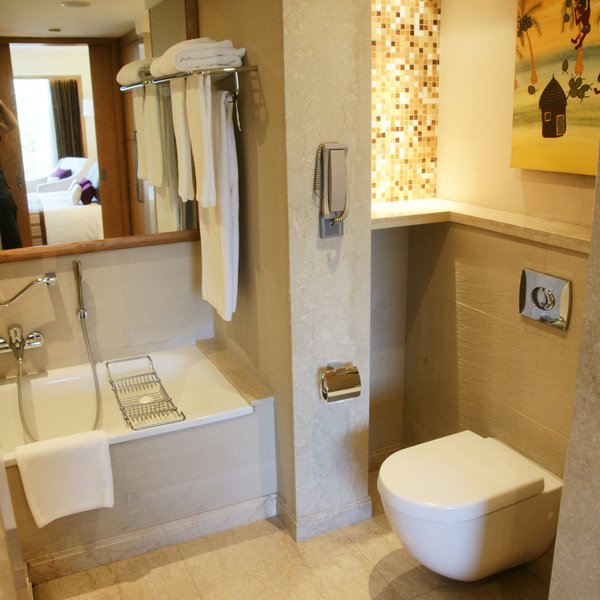
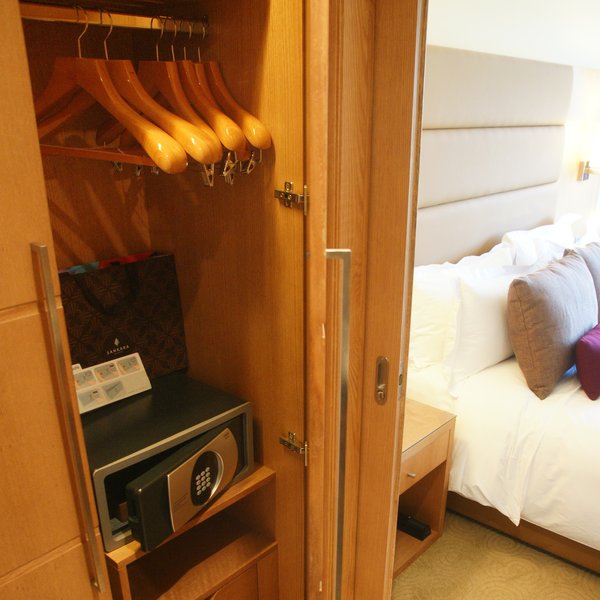
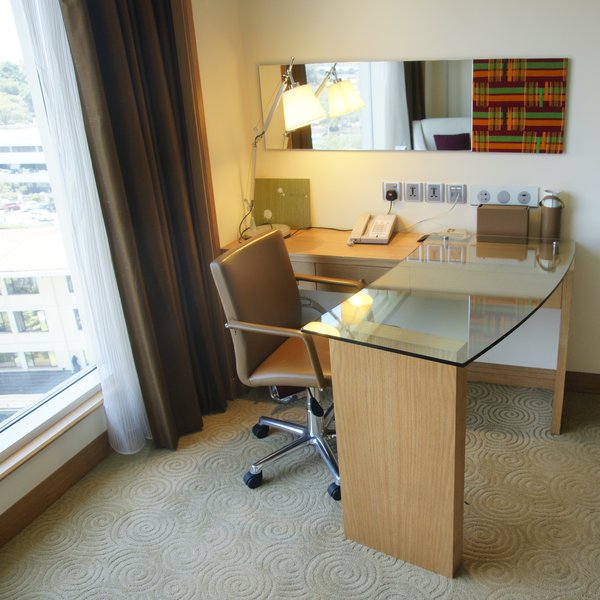
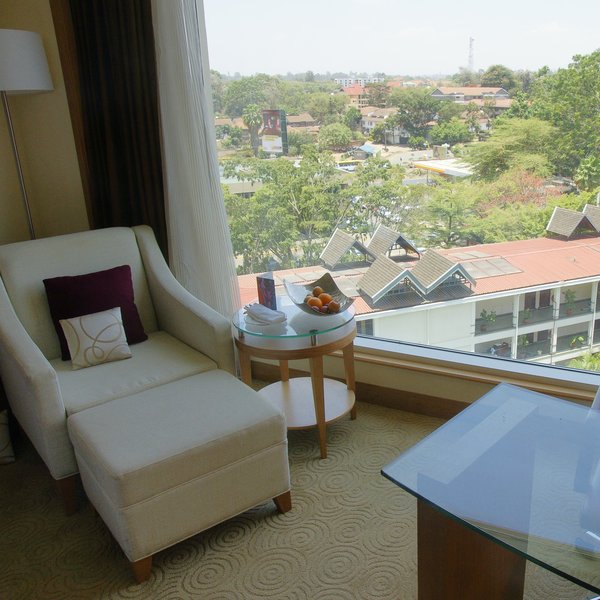
Expert Africa's gallery
When we travel we take lots of photos ourselves to give you a real and un-edited view of the trips. See our 22 pictures of Sankara to get the candid view.
View gallerySankara: Our full report
Opened in 2010 in the busy central Nairobi suburb of Westlands, the 156-room Sankara is aimed largely at ...
... the business-traveller market. It stands on a modest-sized plot that was formerly part of the grounds of the neighbouring Jacaranda Hotel.
The Sankara is on a quiet lane still partly overhung by big old trees, yet is barely 100m from one of Nairobi’s busiest roundabouts, just off the arterial Uhuru Highway/Wayaki Way that runs through the city connecting the Mombasa road to the Uganda road. Despite this proximity, once inside the lobby you’re not aware of the traffic.
The front of the Sankara Hotel has a vehicle security lane, with a pop-up barrier, and all guests and staff (and their bags) go through airport-style security to reach the lobby.
The most ‘central’ part of the hotel is the first floor, where the
Artisan restaurant and the open-kitchen fusion/curry/noodle bar Muhibbah are located, along with a very nice crafts gallery, the Sankara Boutique, with some well-chosen pieces sourced from local communities. The Artisan restaurant has an open-air terrace along the back of the hotel, overlooking the Jacaranda’s garden. The restaurant’s tables lie along the front side of the hotel, overlooking Westlands from behind well-soundproofed glass, as does a wine bar and patisserie/deli/sandwich shop, The Gallery. As well as a French pastry chef, The Gallery has probably the best wine selection in Nairobi –displayed in impressive, temperature-controlled glass cabinets. Higher up, are the open-air, rooftop Sarabi Pool and Supper Club, by the swimming pool, where you can curl up with a shisha pipe, have a plate of tapas or just sink a cold Tusker, and the opulent Champagne Bar which has menus on iPads, complete with a selection of vintage bubbly, champagne cocktails and malt whiskies.
Most of the Sankara’s rooms are ranged around the central atrium of the hotel, which floods daylight on to the gallery-walkways connecting the rooms to the lifts. Standard (32m², dubbed ‘Superior’) and Deluxe (34m²) rooms are ranged across floors 2 to 6, with guests paying a more expensive ‘Club’ rate giving access to the seventh-floor club lounge, usually given rooms on the sixth floor.
The rooms are the most comfortable, well designed and well lit that we’ve come across in central Nairobi, discreetly decorated with African artworks, with sumptuous beds and high-thread-count sheets, very good bathrooms with walk-in showers and bathtubs, flat-screen satellite TVs with all the channels you need, and well-planned work desks with a choice of free wired internet or reasonably fast free WiFi. The air conditioning worked well as did the large, digital room safes. Our only quibble is with the unnecessary blue lights indicating working power points, some of which have to be covered if you want to avoid night-time bedazzlement.
A note about the bathrooms: the Superior rooms have glass fronted bathrooms, making them very voguish for couples, but rather unsuitable for less well acquained work mates, while the Deluxe rooms have non-glass fronted bathrooms.
On the sixth floor is the first Angsana Spa in East Africa. Rain-mist rooms (the only ones in Kenya), treatment and therapy rooms, chill-out areas and highly trained staff make an hour or two here supremely relaxing.
The rooftop swimming pool is long enough for laps, and you can give yourself a little shiver by swimming over the glass-bottomed end that juts out over the street seven floors below. If you want, you can also work off some calories in the well-equipped gym, looking out across Westlands’ rooftops and jacaranda trees.
A location close to the city centre isn’t what most people want from a stay in Nairobi. But if you’re into doing some central visits and exploring what makes Nairobi tick, then the Sankara stands out as a very stylish, comfortable option. Excursions from the Sankara include the worthwhile National Museum and a scattering of attractions in the central business district, from the National Archives to the viewing deck of the Kenyatta International Conference Centre, all within 3–4km and reachable in anything from 15 to 60 minutes depending on traffic. The nearest mall is the Sarit Centre (a two-minute walk away). Guest relations will happily organise visits to anywhere in the city, using the Sankara’s own limo service. The main Uhuru Highway into the central business district (or ‘town’) can be gridlocked for hours, but traffic along back streets through Westlands and Parklands usually keeps moving.
Activities
4WD Safari
Birdwatching
Cultural excursion
Elephant encounter
Families & children
- Attitude towards children
- Children are accepted without age restrictions.
- Property’s age restrictions
- None
- Special activities & services
- The hotel has no staff for babysitting or childminding in rooms, but would source suitable professionals if requested, subject to signature of a disclaimer.
- Equipment
- Everything – as you would expect in any top, city hotel.
- Generally recommended for children
- Yes, fine, though we don’t recall having seen any children during our stays. This is not a family hotel, but staff handle all guests with equal professionalism.
- Notes
- Children may use the rooftop pool, but only with parental supervision. There is a lifeguard on duty and waiting staff from the Sarabi bar are all being trained in CPR and lifeguarding.
Food & drink
- Usual board basis
- Bed & Breakfast
- Food quality
- Although the Sankara’s food can be inconsistent, when they get it right, and provide service to match, it’s exceptionally good.
Opening hours:
Breakfast is available 6.30am–10.30am.
Artisan open all day until 11.00pm
Muhibbah noon–11.00pm
The Gallery 6.00am–1.00am
Sarabi 7.00am–1.00am
Champagne bar 6.00pm–1.00am - Dining style
- Individual Tables
- Dining locations
- Indoor Dining
- Further dining info, including room service
- There’s 24-hour room service at extra charge, with a room-service menu that includes a 24-hour breakfast menu.
- Drinks included
- No.
Getting there
- Location
- Nairobi, Kenya
- Ideal length of stay
- 1 to 2 nights
- Directions
- Allow 1 to 1½ hours to/from Wilson and 1 to 2½ hours to/from Jomo Kenyatta International Airport (JKIA), depending on the time of day.
- Accessible by
- Fly-and-Transfer
Special interests
- Wellbeing retreats
- The Sankara has the first Angsana Spa in East Africa and offers the first rain-mist rooms in Kenya, therapy and treatment rooms using natural ingredients, plenty of chill-out and contemplation areas and highly trained staff. It’s open daily from 8.00am to 9.00pm.
- See ideas for Wellbeing retreats in Kenya
Communications
- Communications
- Room telephones with IDD, free WiFi, Ethernet sockets
- TV & radio
- In-room flatscreen TVs with a reasonable range of satellite channels & DVD player.
Health & safety
- Malarial protection recommended
- Yes
- Medical care
- There’s a fully qualified in-house nurse, and a doctor on call (ten minutes’ drive away). The MP Shah, Aga Khan and other hospitals are all within a ten-minute drive.
- Dangerous animals
- Low Risk
- Security measures
- Very tight lobby security, with all guests having to pass the security search. Inside, security staff are based on the inward-facing landings on alternate floors. Keycards allow access to lifts and room floors.
- Fire safety
- Every room has smoke detectors and sprinklers (tested weekly), plus a warning system with speakers and lights. Fire hoses are positioned on every floor and are checked daily. We’re told that fire drills take place on a quarterly basis, and the entire security team and 80% of staff are trained in fire safety and response.
Useful info
- Disabled access
- In Place
- Laundry facilities
- Full Laundry Service - Extra Charge
- Money
- In-room digital safes.
24-hour currency exchange is available (for buying Kenyan shillings only). - Accepted payment on location
- Cash payments may be made in US dollars, euros, pounds sterling or Kenyan shillings. Visa, MasterCard & Amex credit cards are accepted with no surcharge. Travellers’ cheques are also accepted.
Plan and book your trip with Expert Africa
All of our trips are tailor-made, so we'll always adapt them to suit you. Talk to an Expert and let us plan and arrange your perfect trip.

Talk to an Expert
Call or email us now! We’ll match you with the Specialist in our team who is best suited to help you. Then together we can start planning your trip.

Set up your itinerary
Based on our experience and your ideas, your specialist will create a detailed, costed itinerary. We’ll refine it together, until we have a trip that you’re perfectly happy with.

Prepare for your trip
The same Specialist will make the seamless arrangements for your trip, send you detailed travel documents, and be available to answer any questions before you depart.

Travel with peace of mind
After you set off, you’ll be cared for by our partners in Africa, most of whom have worked with Expert Africa for decades. And if you ever need us urgently, we’re available 24/7.

When you return
We love to learn about your trip, and so will always be grateful if you’ve the time to give feedback to your Specialist when you return.
Sankara's location
Look closer at the environment and surroundings of Sankara.
Excursions from Sankara
Optional extra day-trips and excursions possible whilst you're staying at Sankara. Talk to us: these are usually best arranged before you go.
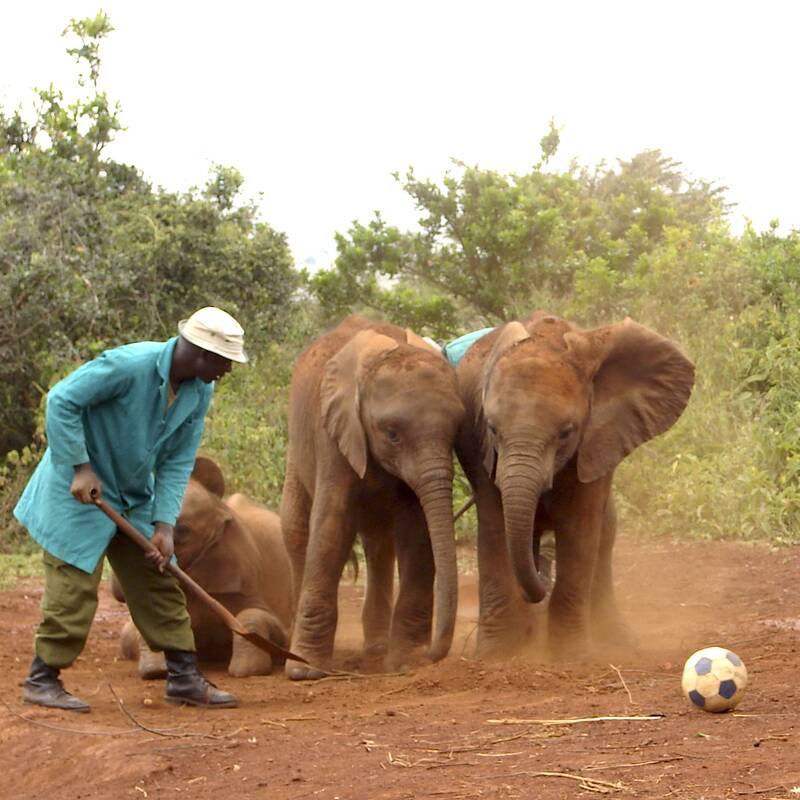
Nairobi Elephant Orphanage visit
One hour, by pre-booking only
Visit the Sheldrick Wildlife Trust Elephant Orphanage for a close-up encounter with elephant orphans – and sometimes rhino orphans. You can visit during daily between 11:00 and 12:00, or make special arrangements for a private visit in the afternoon.
More about Elephant Orphans visit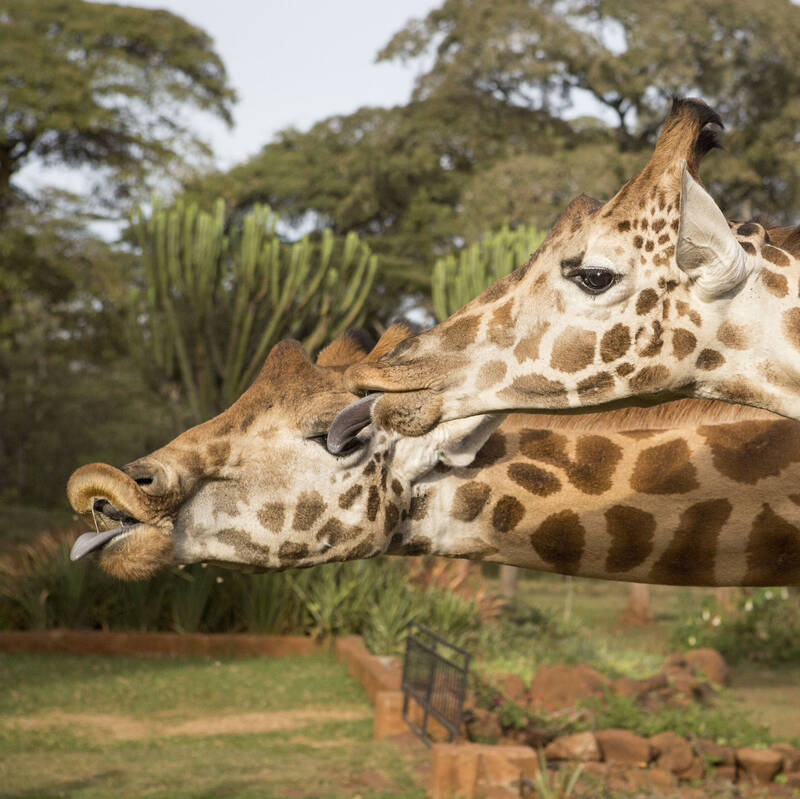
Nairobi Giraffe Centre visit
One hour visit is generally recommended
Visit the AFEW Giraffe Centre for an eyeball-level encounter with gentle Rothschild giraffes. They visit this tree-level platform to be fed pellets.
More about Giraffe Centre visit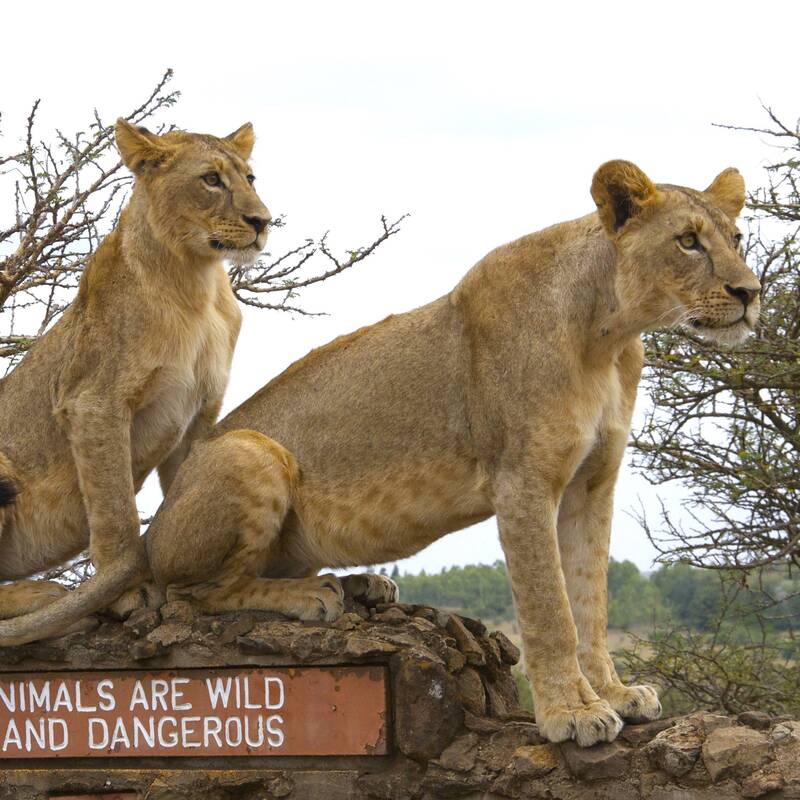
Safari in Nairobi National Park
Half day - AM or PM, or full day
It is truly remarkable that the plains and woodland of Nairobi National Park, an area of around 70km² (some 17,000 acres) should exist in a near-natural state so close to the city that in any other conurbation they would just be suburbs.
More about Nairobi Nat. Park SafariOther lodges in Nairobi
Alternative places to stay in this same area.
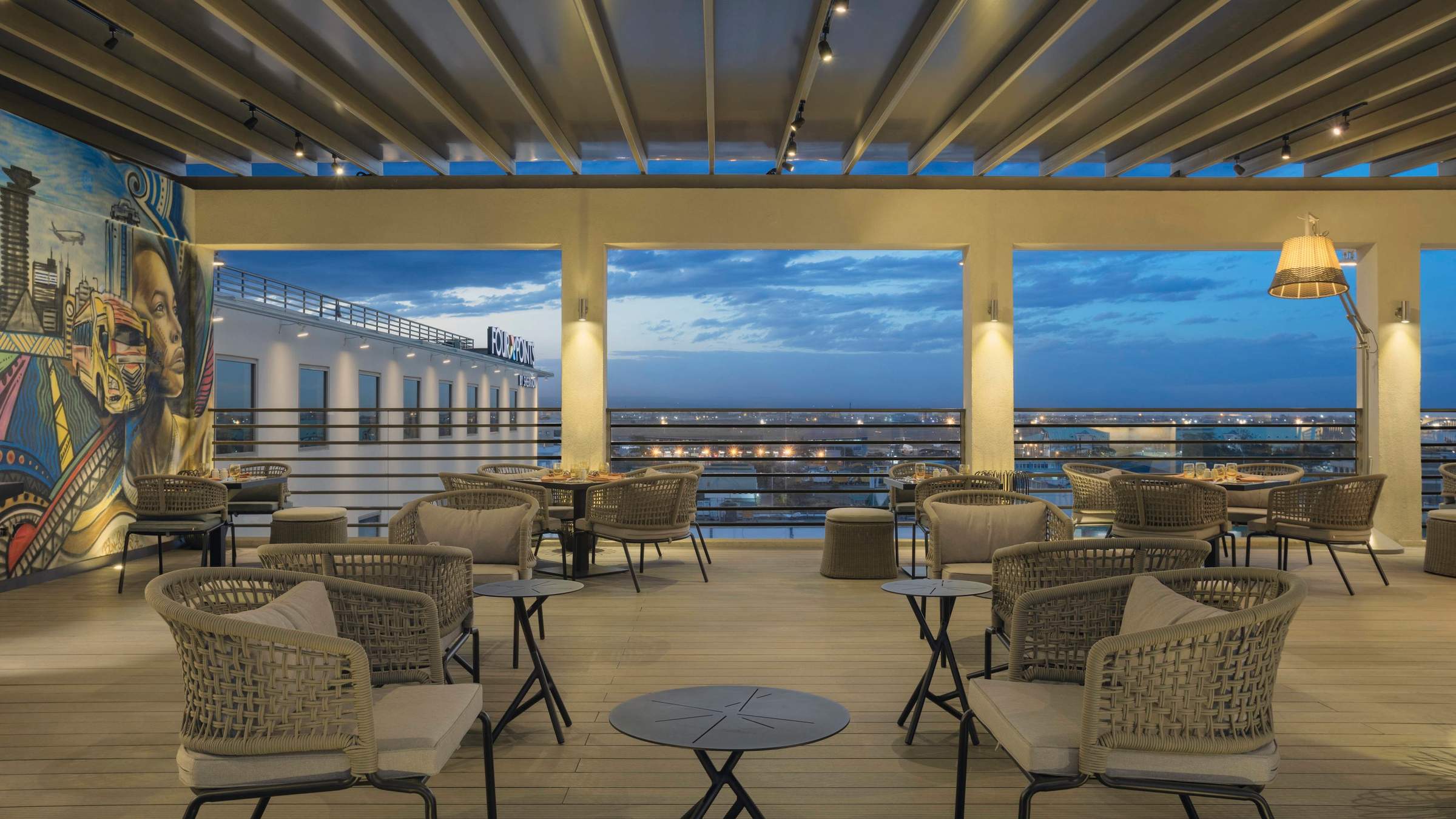
Four Points Nairobi Airport
The Four Points by Sheraton, set within the perimeter of Nairobi International Airport, is ideally located for a first or last night in Kenya.
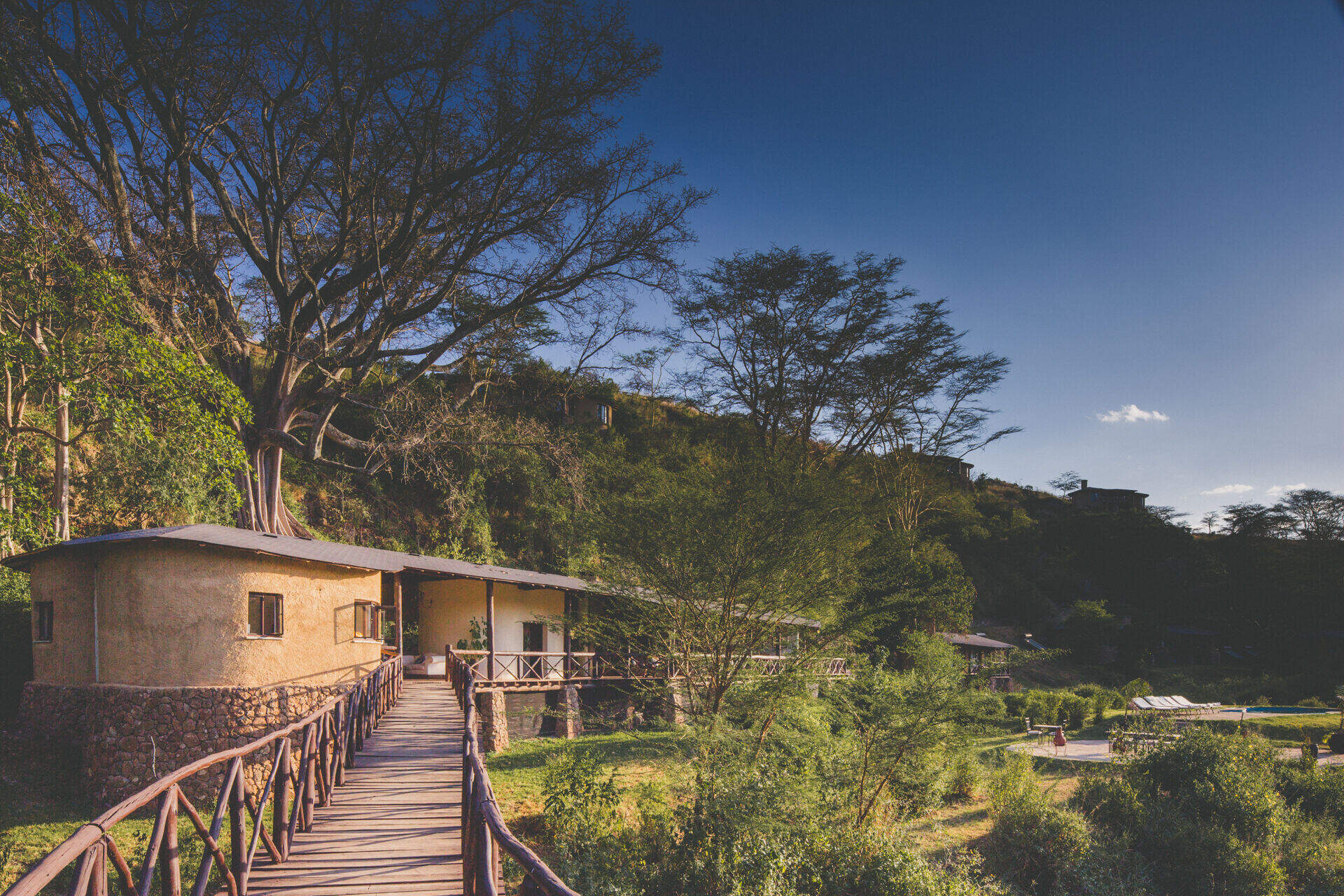
The Emakoko
The Emakoko is a luxurious, owner-managed safari lodge in a beautiful gorge on the edge of Nairobi National Park.
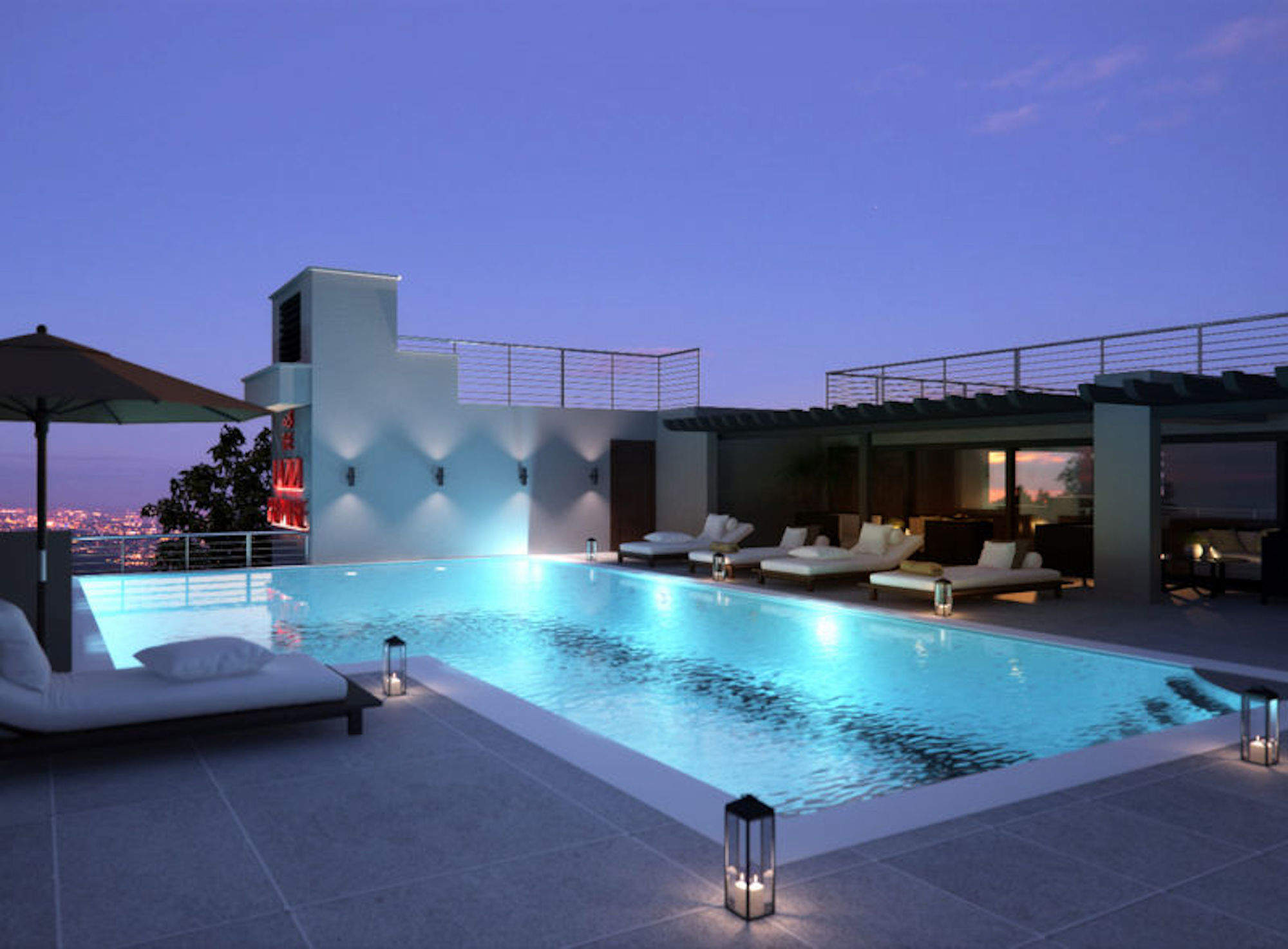
Crowne Plaza Nbi Apt
The Crowne Plaza Nairobi Airport (formerly known as the Lazizi Premiere and now part of the InterContinental Hotels Group) is the oldest hotel at Nairobi International Airport.
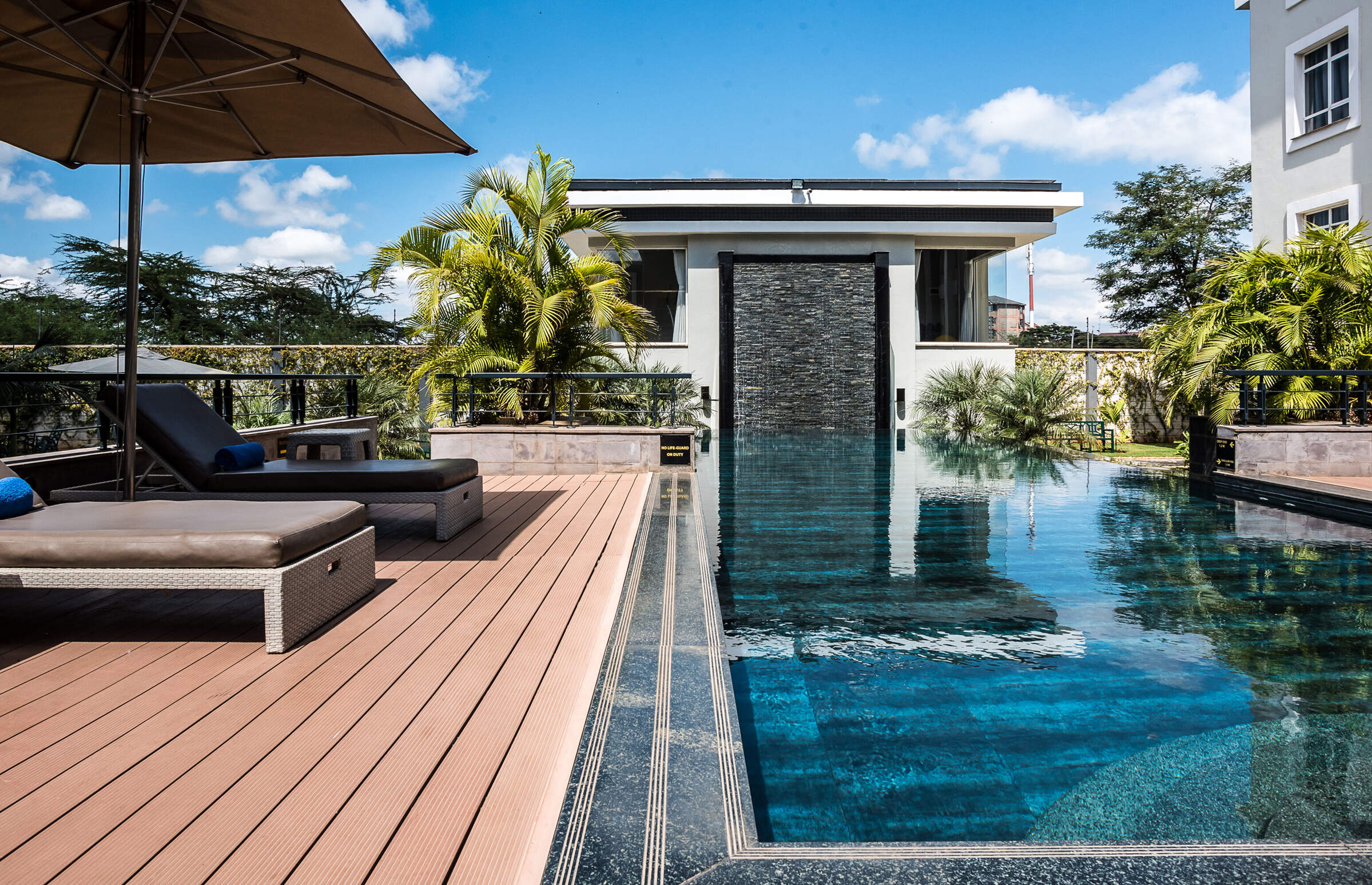
Eka Hotel
The Eka is an affordably priced business-class hotel in a relatively convenient location between Nairobi International Airport and Wilson Airport.
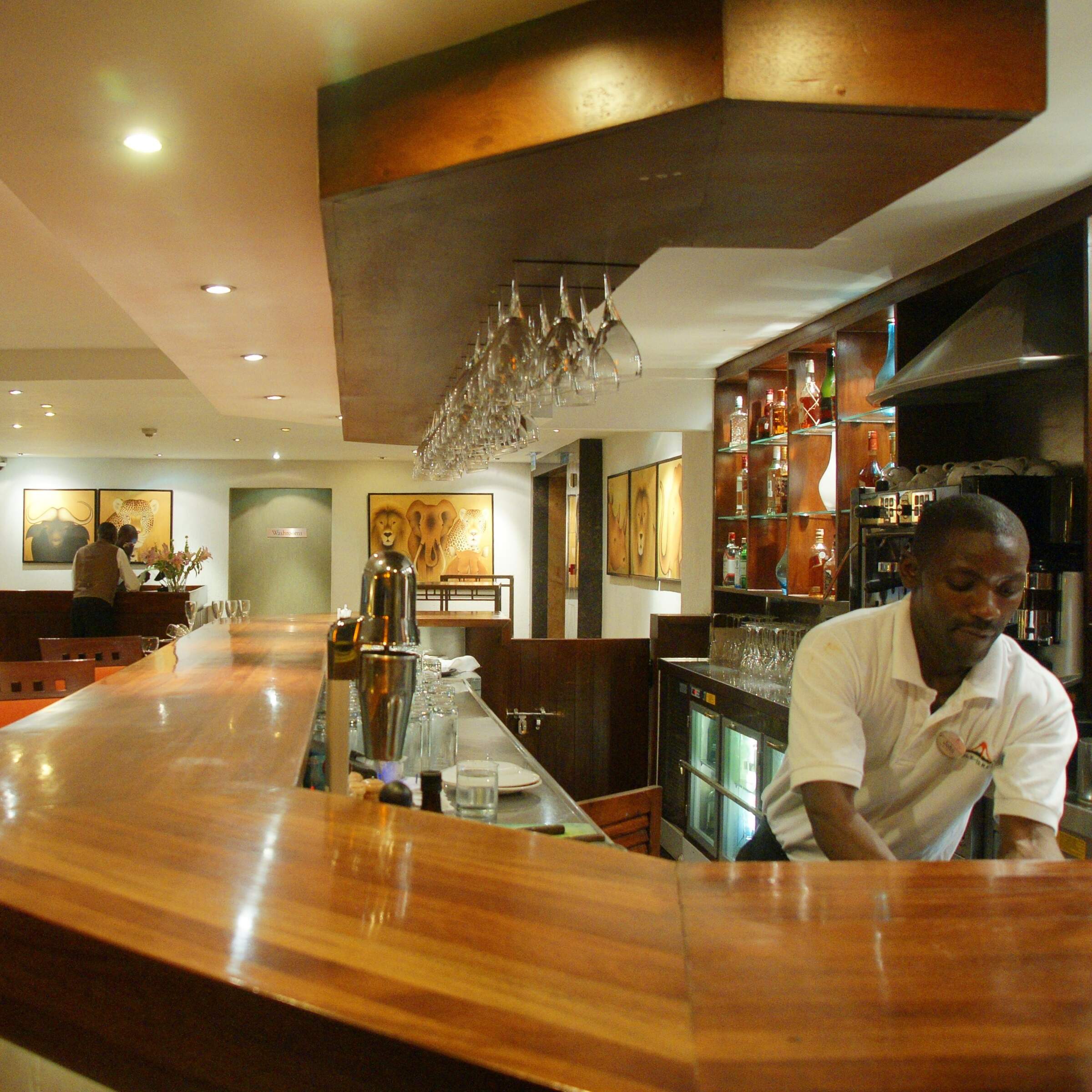
Ole-Sereni
The Ole-Sereni is a modern, stylish hotel neighbouring Nairobi National Park and located 6km from Wilson domestic airport.
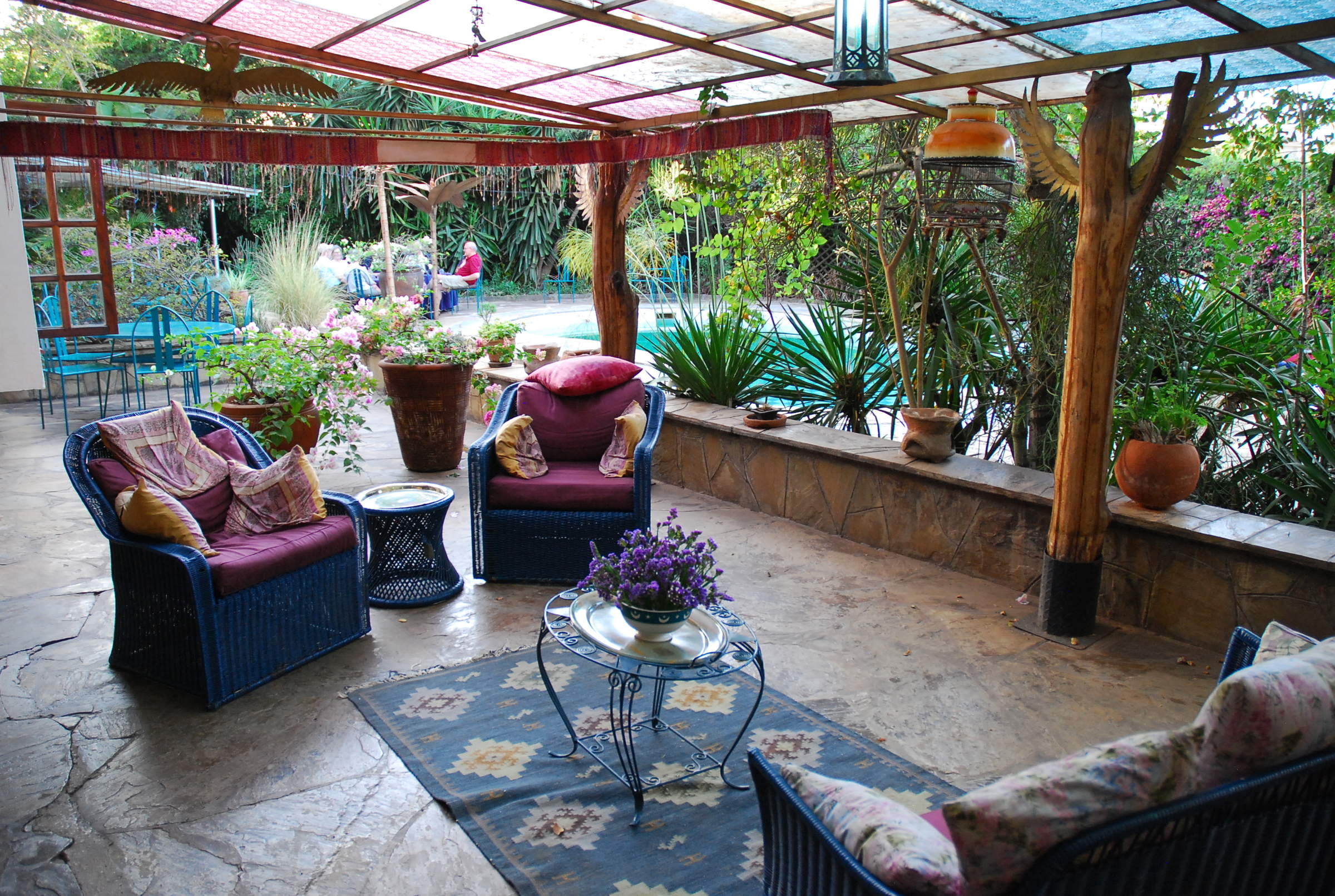
Macushla House
Macushla House is a very pleasant, small, owner-managed bed and breakfast hotel in a leafy part of southwest Nairobi, very convenient for visiting the Giraffe Centre and Sheldrick's Elephant Orphanage.
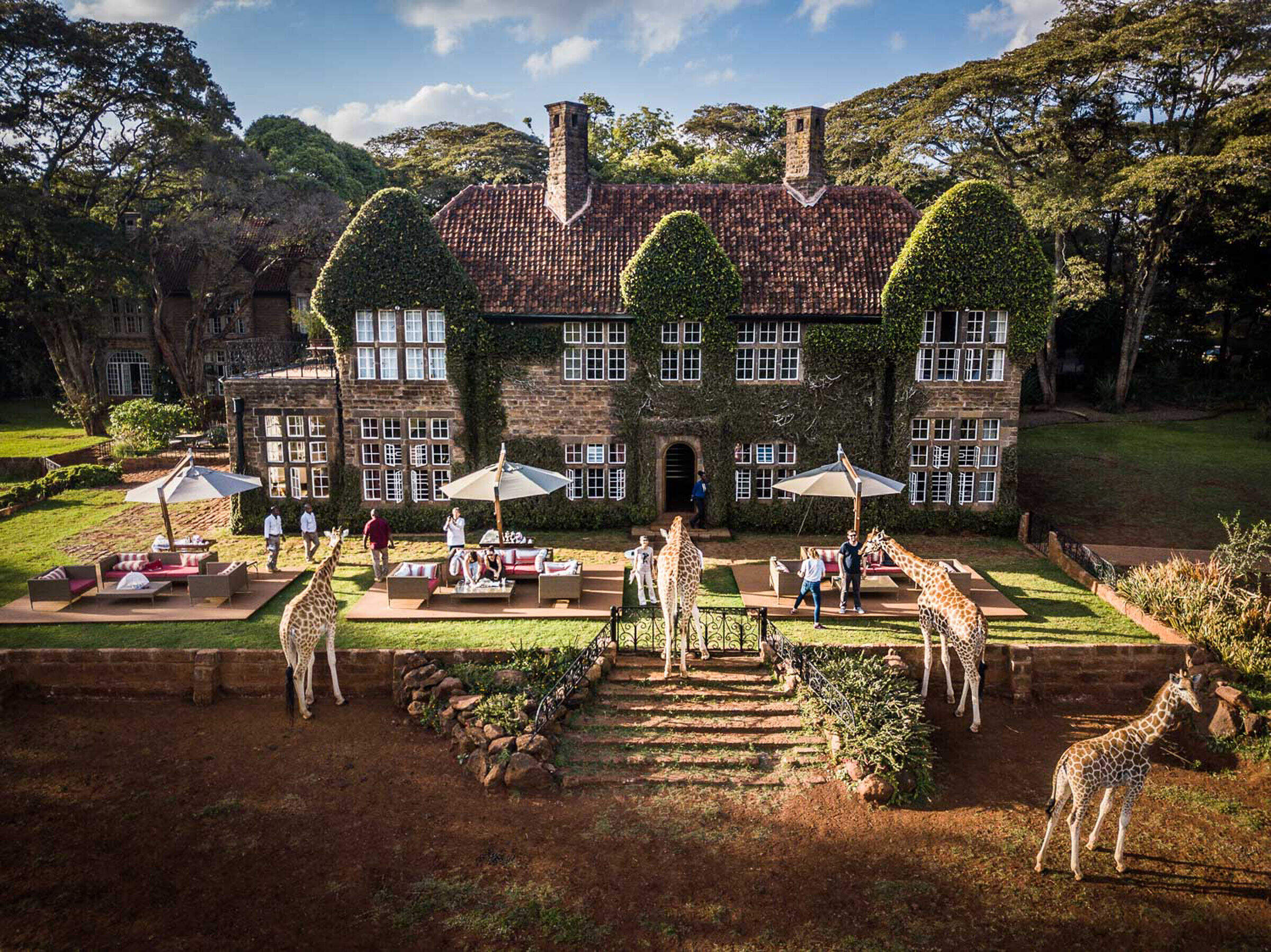
Giraffe Manor
Giraffe Manor is a unique, perennially popular lodge on the outskirts of Nairobi, offering up-close-and-personal encounters with the rare Rothschild giraffes that roam its extensive grounds.
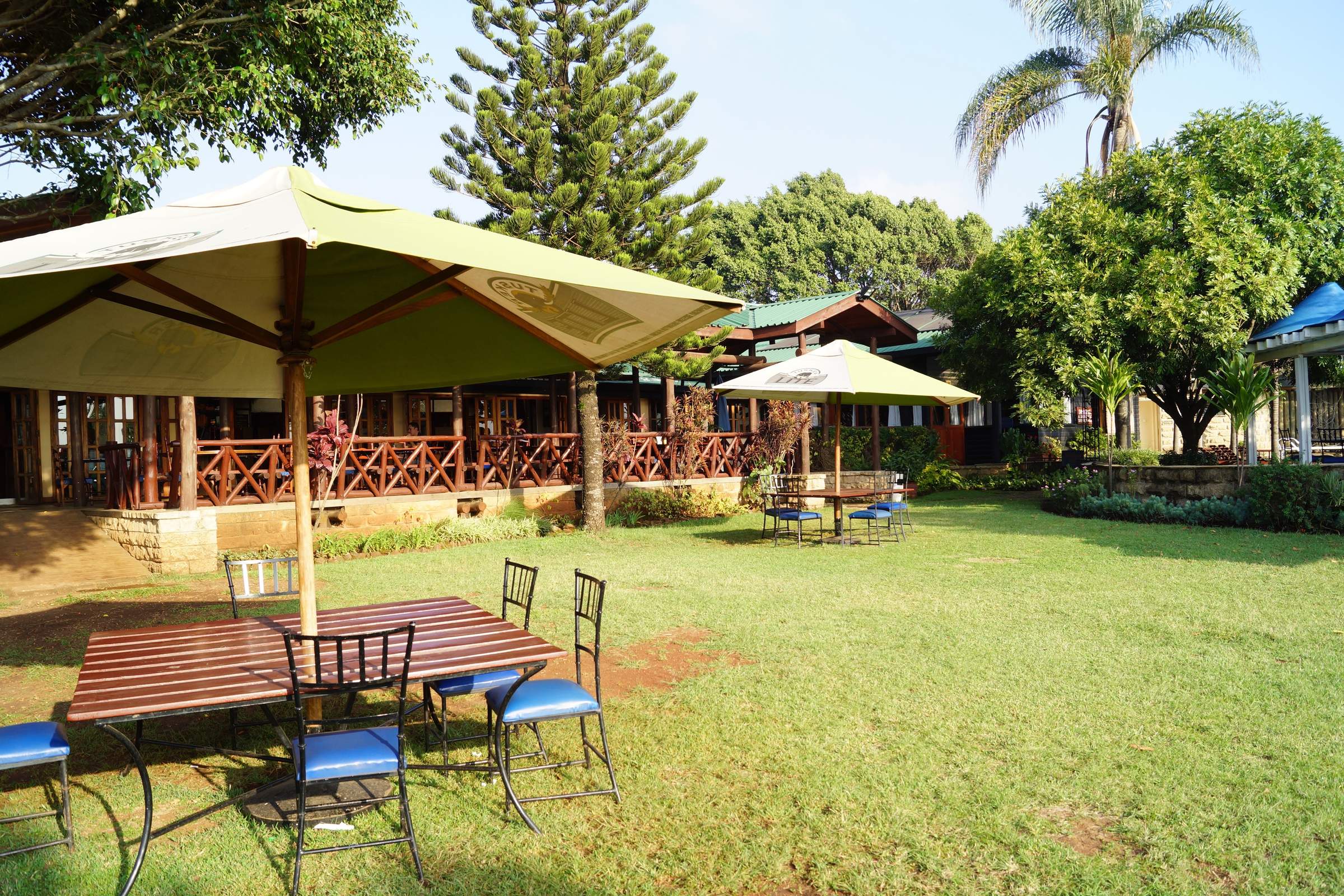
Aero Club of East Africa
The Aero Club of East Africa is a private members' club in the grounds of Wilson Airport, Nairobi, offering offering comfortable rooms and a good restaurant, bar and swimming pool to non-members.
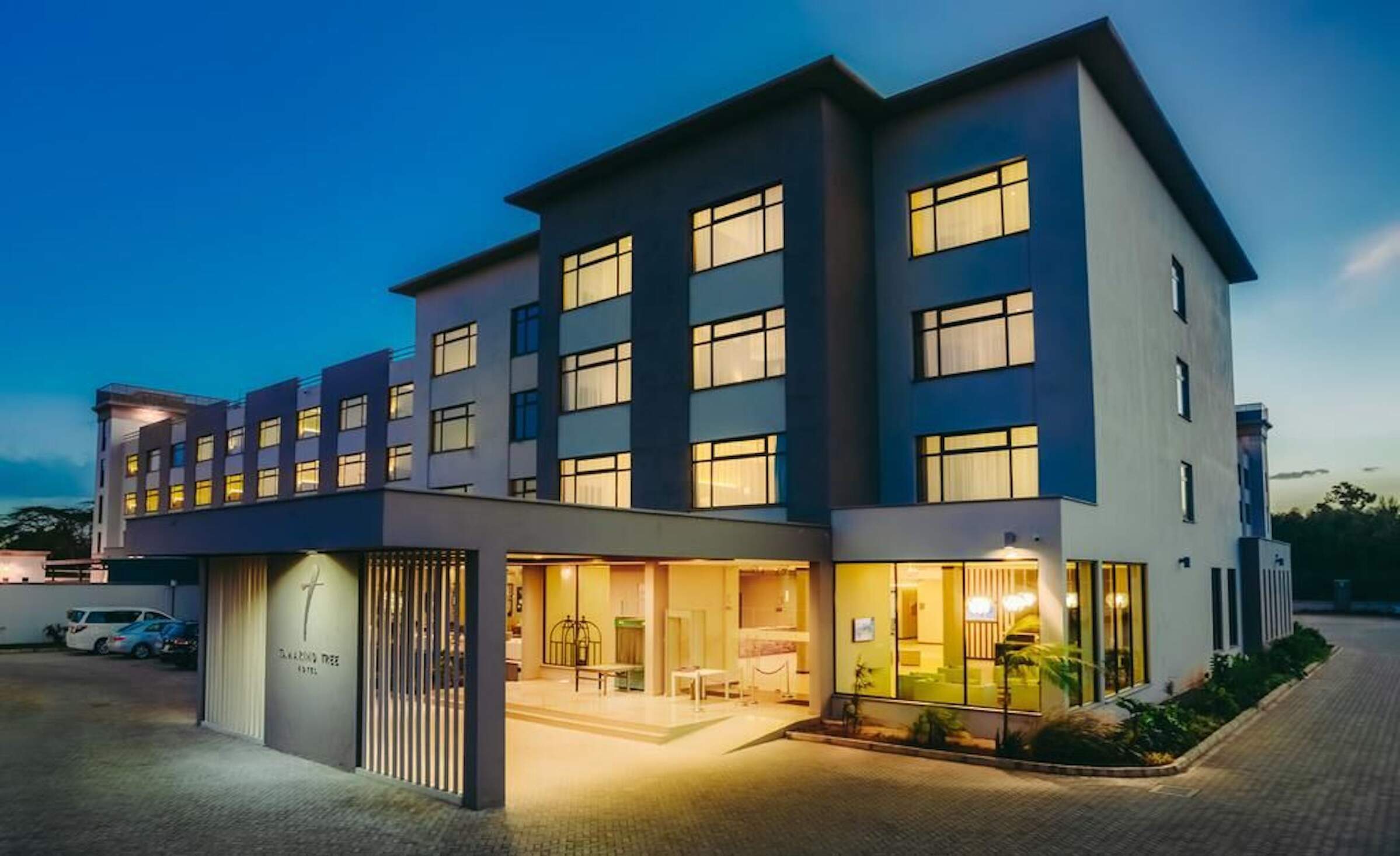
Tamarind Tree Hotel
The Tamarind Tree is a stylish international hotel in a great location next to Wilson Airport.
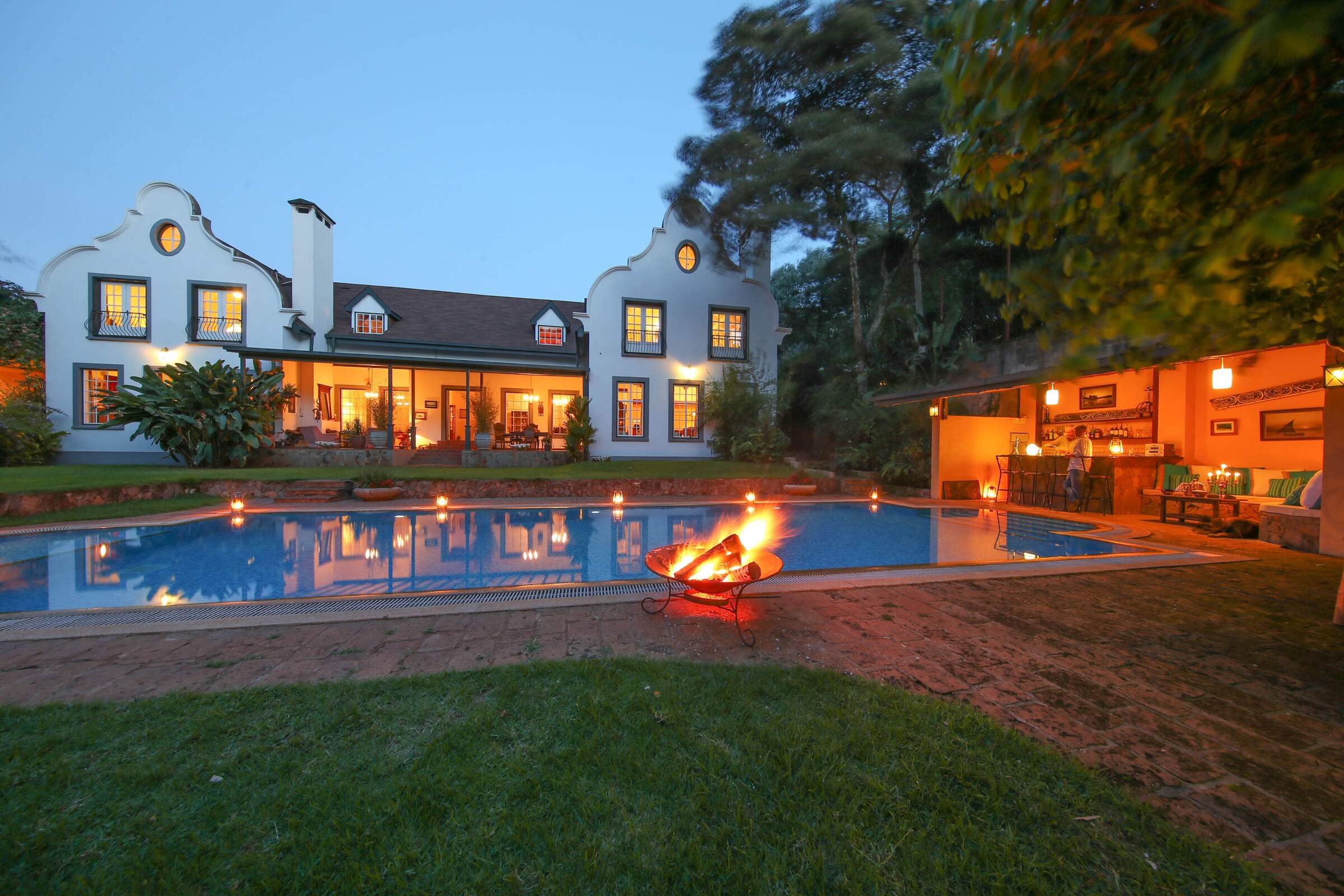
Karen Gables
Karen Gables is a small, high quality hotel in Nairobi with expansive gardens and only seven rooms.
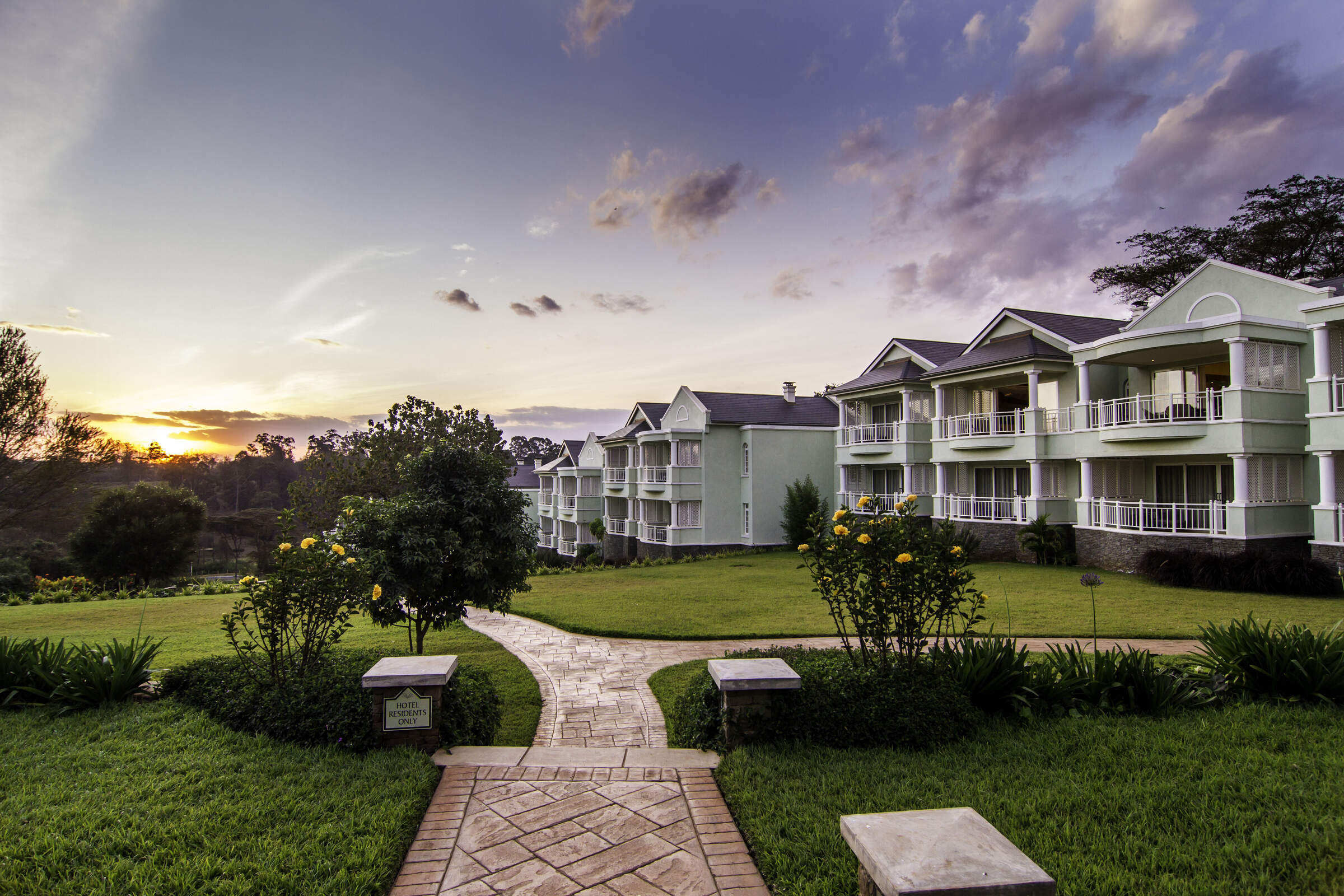
Hemingways Nairobi
Hemingways Nairobi is a luxury country-house style hotel, with a spa and gym, in the wealthy suburb of Karen.
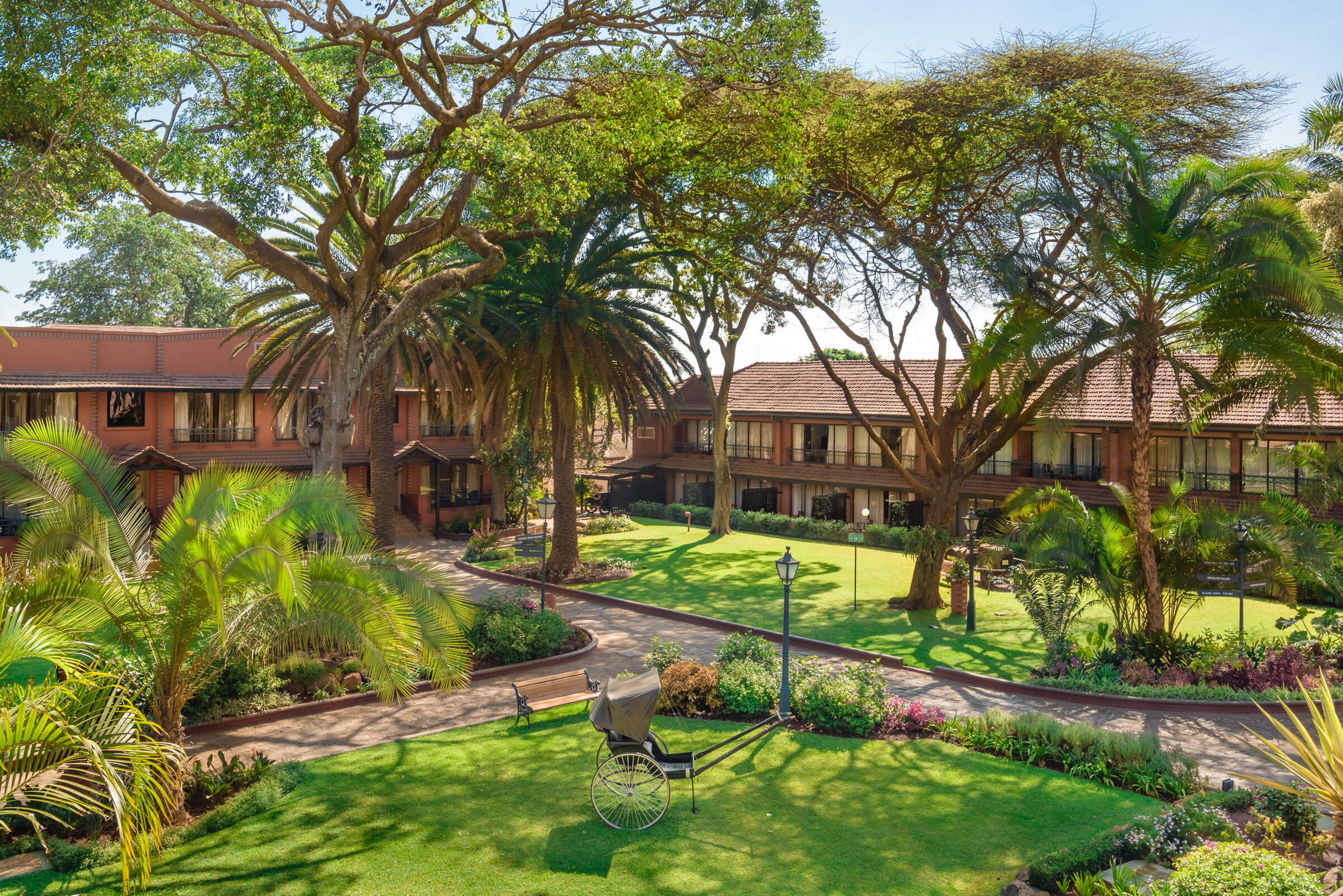
The Norfolk Hotel
The Norfolk Hotel is one of the oldest hotels in Nairobi and has a reputation for its colourful history dating back to 1904.
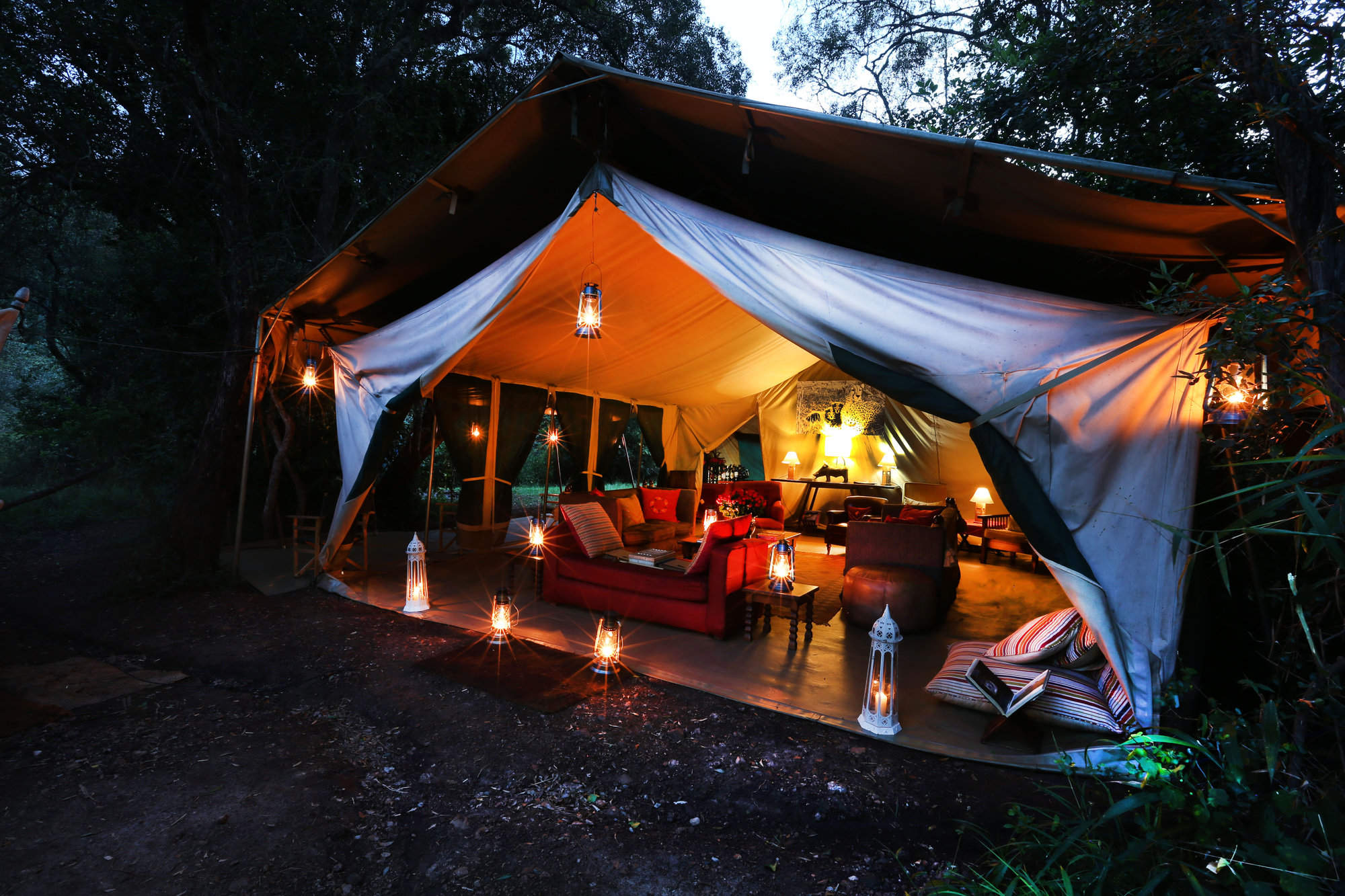
Nairobi Tented Camp
Nairobi Tented Camp is the only tented camp located inside Nairobi National Park, making it a great option for a true safari stay close to the city and airports.
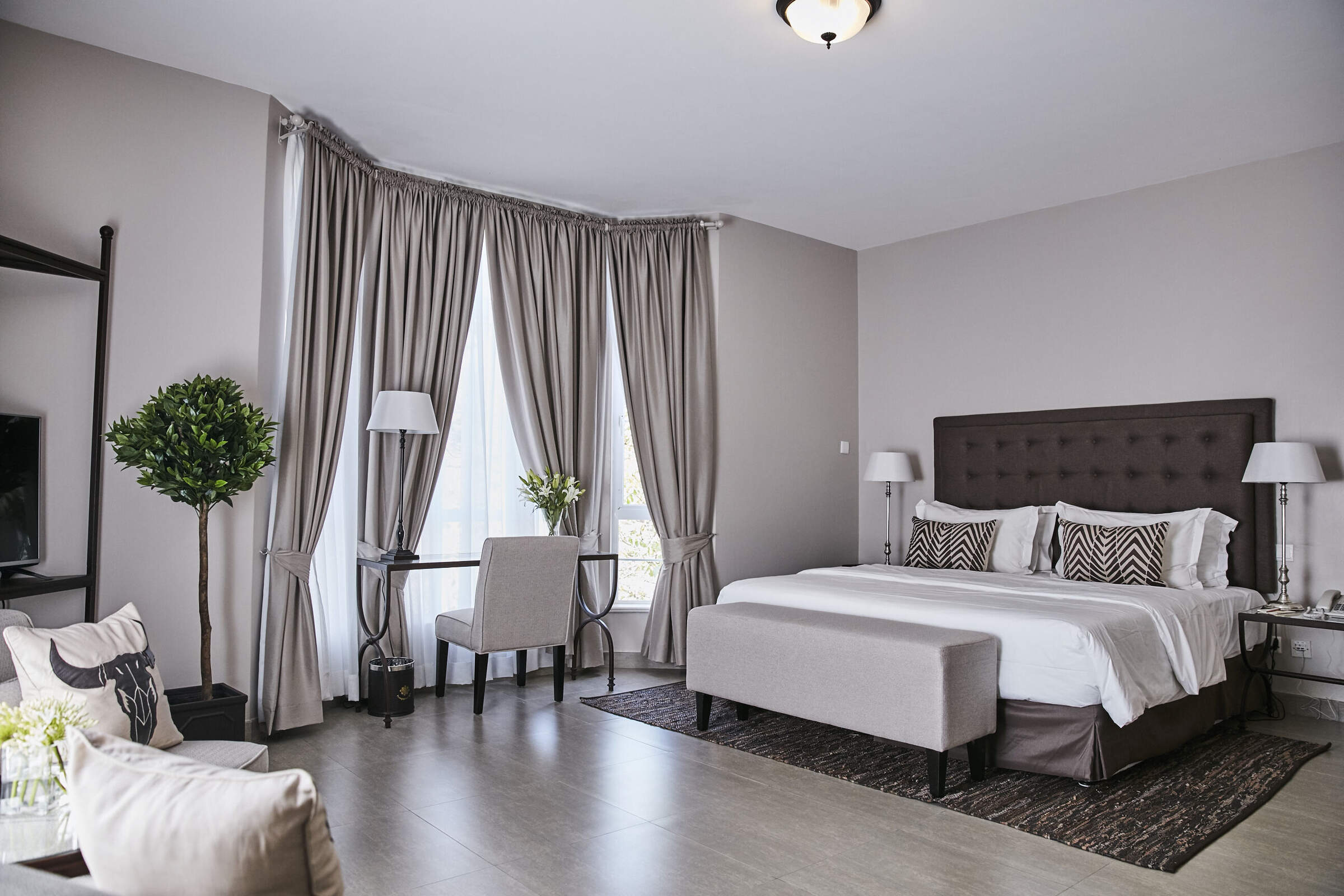
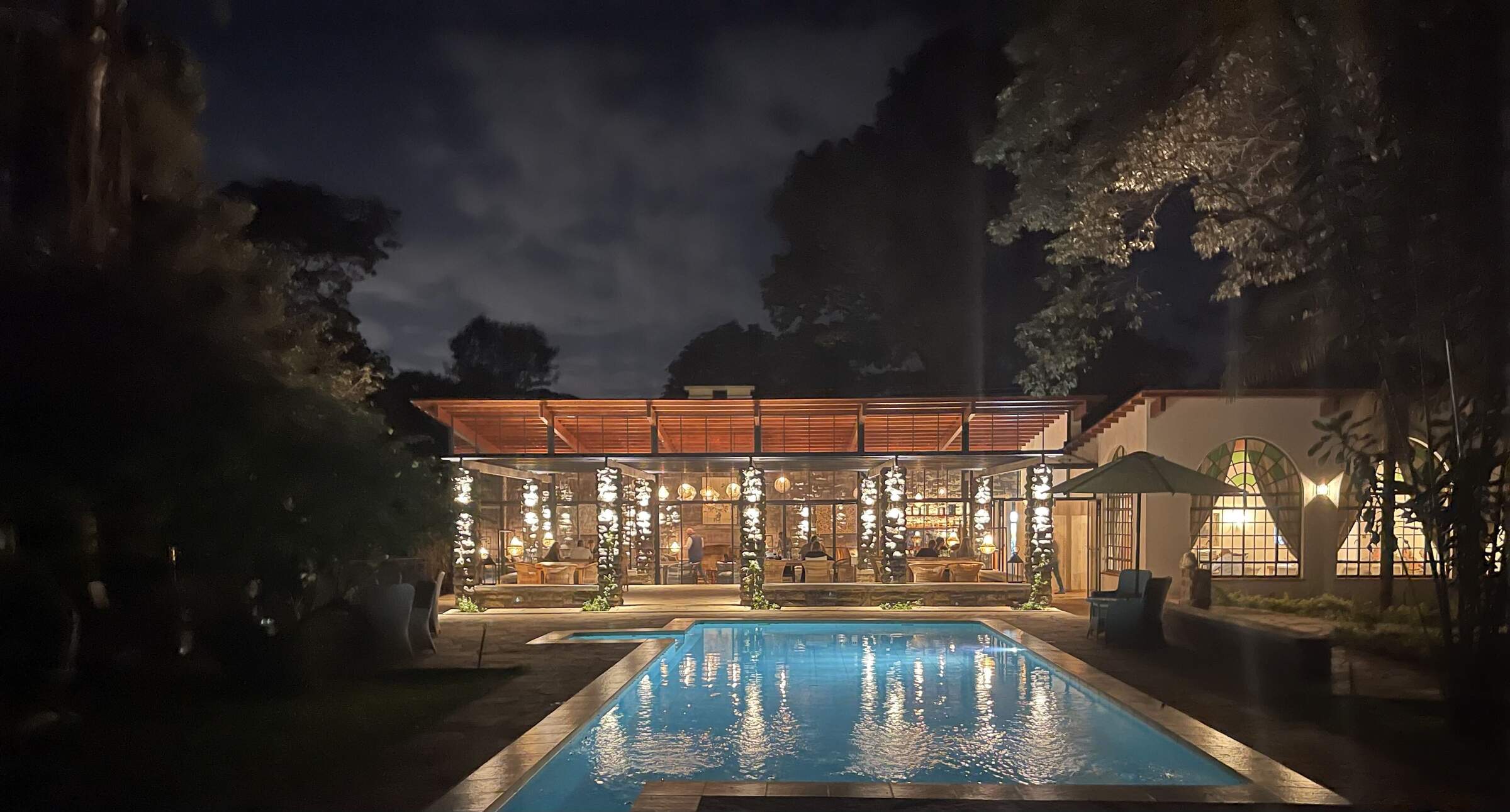
Karen Blixen Coffee Garden and Cottages
Karen Blixen Coffee Gardens and Cottages is small luxury boutique hotel located in the peaceful suburb of Karen.
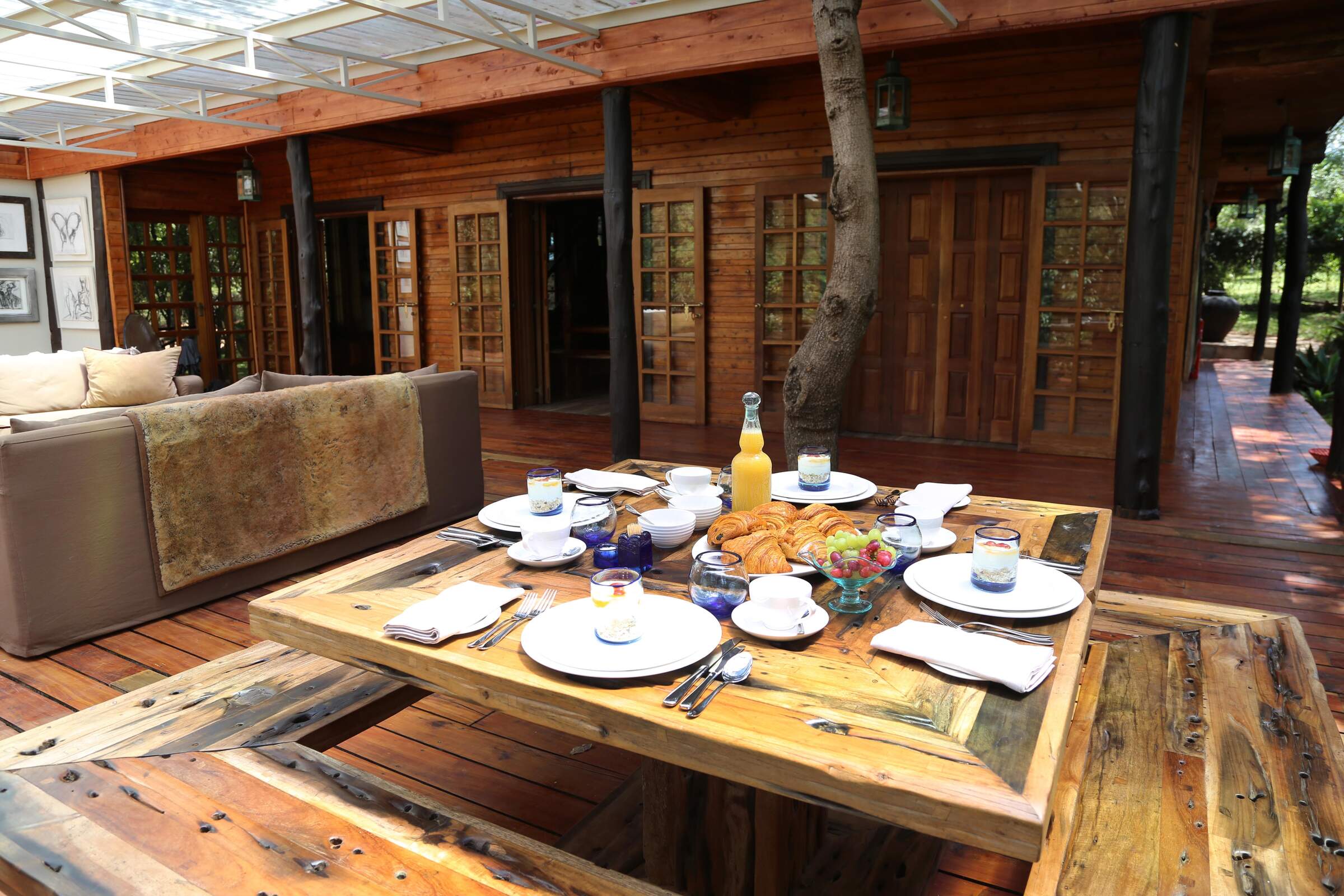
Eden Nairobi
One Forty Eight is a very stylish boutique hotel in one of the leafiest corners of the southwest Nairobi suburb of Karen-Langata. The Giraffe Centre at Giraffe Manor is just a 10-minute walk away.
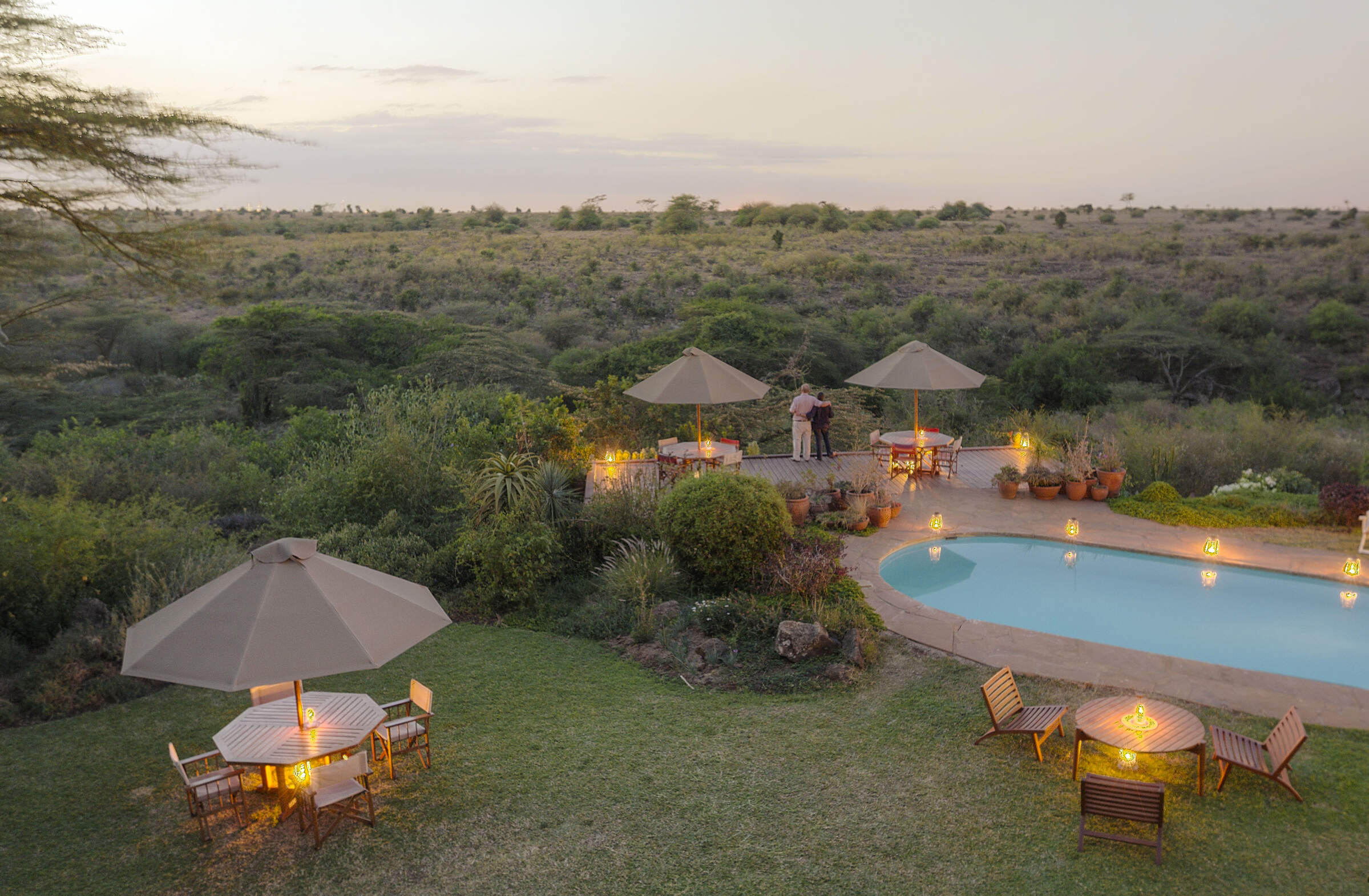
Ololo Safari Lodge
Ololo Safari Lodge and Farm is a luxury property on the southern edge of Nairobi National Park.
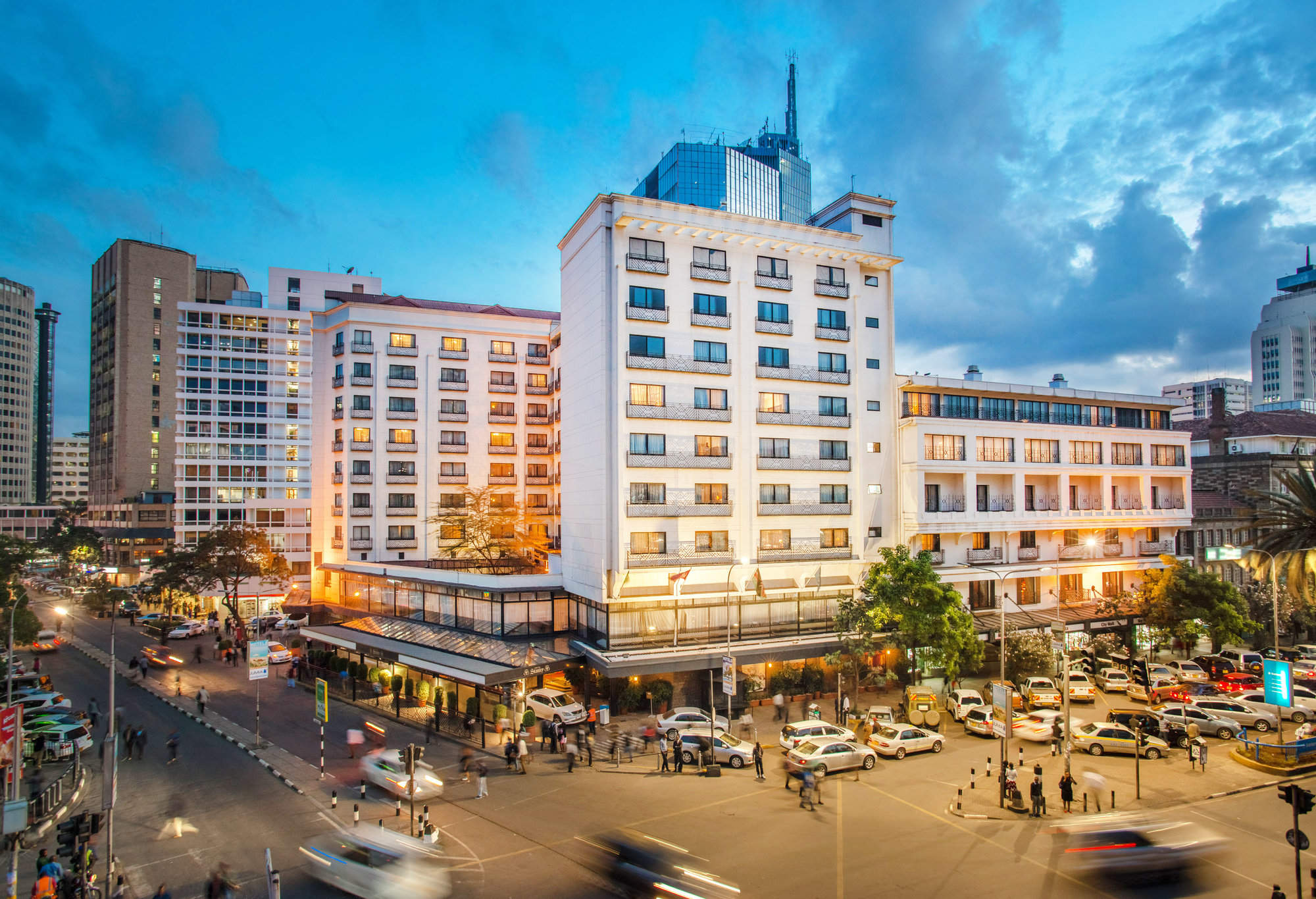
The Stanley
The Stanley is a large, traditional hotel – the oldest in Nairobi – offering a range of facilities.
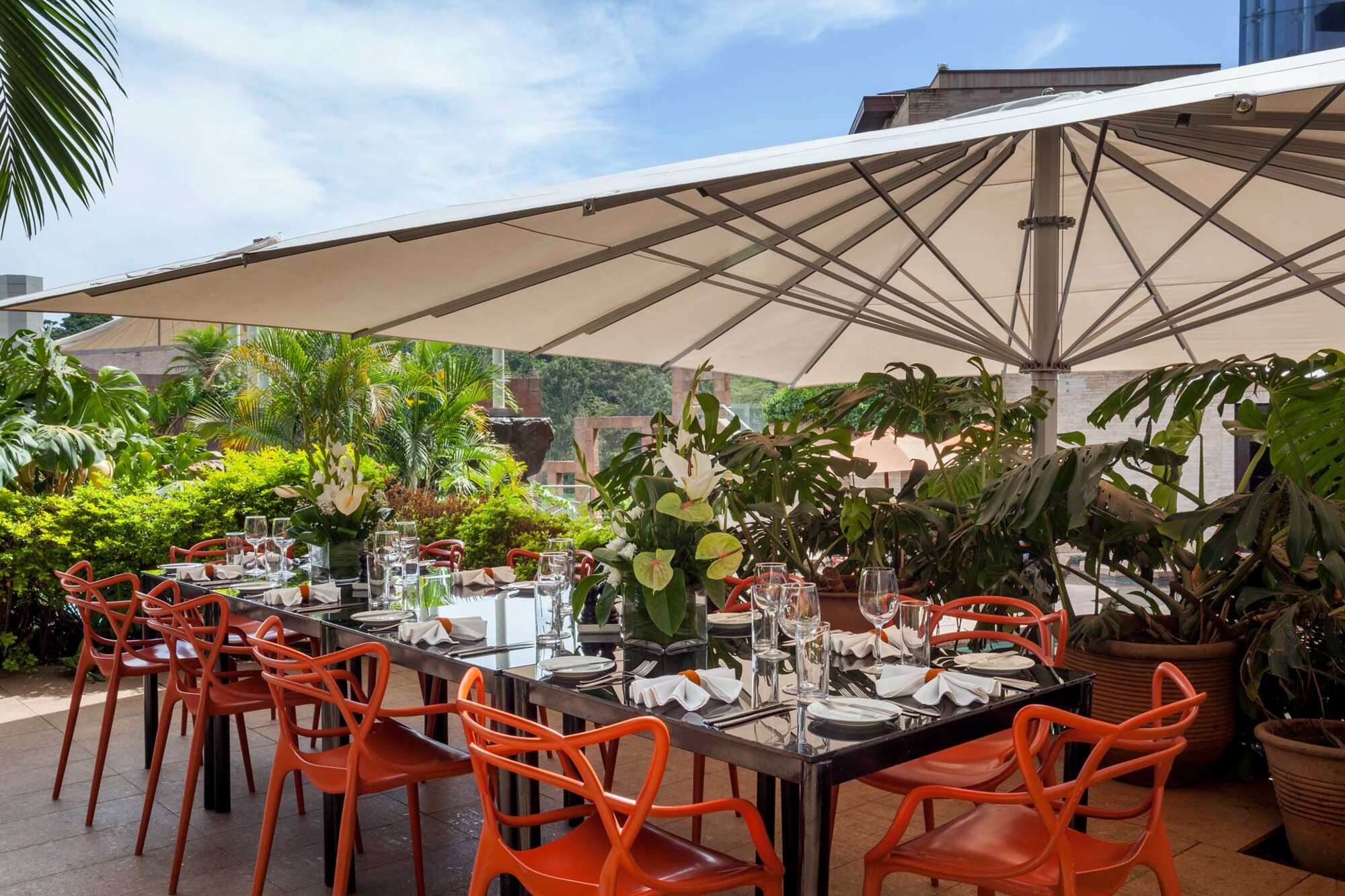
Tribe
Design-led, contemporary hotel in the Village Market area of Gigiri, a largely diplomatic and luxury residential suburb 10km north of Nairobi’s central business district.
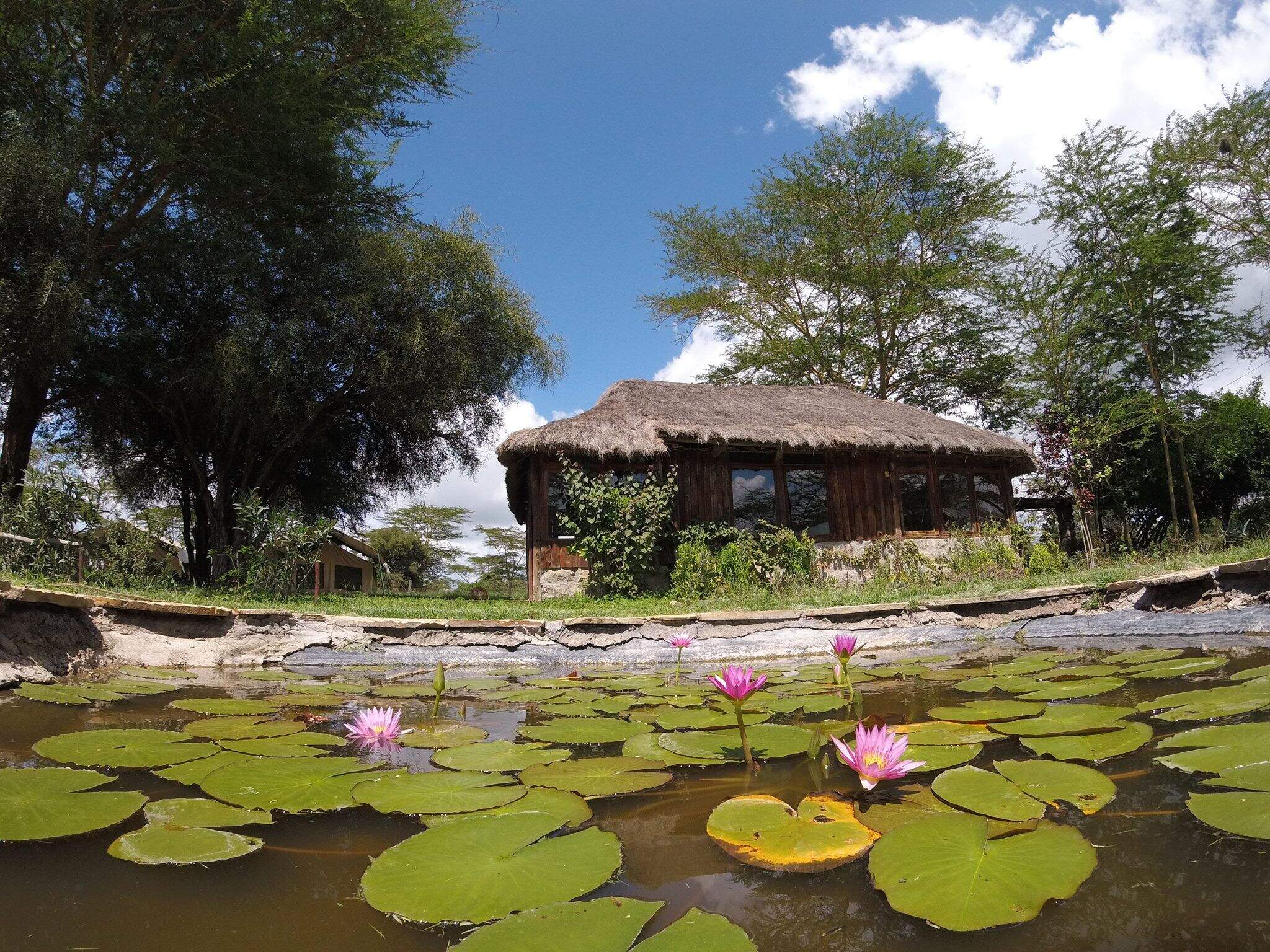
Acacia Camp
Acacia Camp is a rustic and affordable safari camp in a wildlife sanctuary a 30-minute drive towards Mombasa from Nairobi’s international airport.
When to go to Nairobi
Our month by month guide: What it's like to visit Sankara in Nairobi
Jan
Feb
Mar
Apr
May
Jun
Jul
Aug
Sep
Oct
Nov
Dec
Kenya in January
Clear, hot days and warm nights make this high season a popular time for safaris and it’s also good for diving and snorkelling as water clarity is excellent and gets better as the dry season progresses. Most lodges and tented camps treat January after the New Year week is over, as mid-season, making it a good compromise in terms of value for money with reasonably reliable, dry weather and some greenery left in the landscape.
Expert Africa bases its description of climate and weather in January, like the other months of the year, on the climate records of roughly the last 100 years, and it's fair to say that the weather and seasons since the beginning of this century have been highly irregular and unpredictable.
- On average, January is the second driest month of the year
- Elephants dig waterholes in the dry riverbed in the Samburu reserve.
- Wildebeest and many antelope have their calving season, to February.
- Migrant birds are seen in huge numbers, especially in the Rift Valley.
- Sea water clarity around the coral reefs generally good.
Our view
Fantastic: the very best time to visit
Weather in January
Kenya in February
With the short dry season well established, the grass grazed down and wildlife gathering close to water points, this is still a good time for a safari. Good water clarity in the Indian Ocean's coastal waters makes for excellent diving and snorkelling conditions.
Expert Africa bases its description of climate and weather in February, like the other months of the year, on the climate records of roughly the last 100 years, and it's fair to say that the weather and seasons since the beginning of this century have been highly irregular and unpredictable.
- On average, February is the driest month of the year.
- It’s sometimes possible to swim with whale sharks at Diani Beach.
- Migrant birds are still seen everywhere, especially near water.
- This is usually peak calving season for wildebeest and many antelopes.
- This month is often the hottest of the year, especially on the coast.
Our view
A very good time to visit
Weather in February
Kenya in March
Hot, increasingly humid weather – with good diving and snorkelling conditions at the start of the month – gives way to rains and lower accommodation costs. Expert Africa bases its description of climate and weather in March, like the other months of the year, on the climate records of roughly the last 100 years, and predicting the seasons since the beginning of this century has been difficult.
March is the month when – traditionally – intensely hot conditions build up until a cloudburst finally happens at the end of the month or in early April, to relieve the humidity. As ever, regional variations across the country can greatly impact on visitors' experiences.
- Sea-water clarity is best for diving before the long rains start.
- Visitor numbers are low, though the Easter holidays can be busier.
- Night skies can be scintillatingly clear in early March.
- Cropped down savannah grasses can make it easier to see the wildlife.
- Temperartures climb high, especially at lower elevations.
Our view
A good time to visit, with pros & cons
Weather in March
Kenya in April
April sees the full onset of the southeast monsoon wind or kusi, which heralds the long rains. Temperatures drop soon after the rains are established and you’ll often have facilities largely to yourself in this more affordable low season, sometimes known as the "green season". The bush quickly springs to life, with greenery sprouting almost before your eyes. While you're likely to get a fair number of heavy showers, the breaks in the rain can yield sparklingly clear conditions.
With the dust settled and bright sun piercing the clouds, conditions can be sublime for photography, especially first thing in the morning or in the late afternoon with another storm brewing. You may be lucky, or you may find conditions very wet and muddy.
- A wet month, the coast often gets more than 300mm (12in) of rain.
- Sunny spells can provide great light for photography.
- Buffalo and zebra calving season often happens in this month.
- Baby crocodiles hatch, for example on Central Island in Lake Turkana.
- Palearctic migrant birds gather to fly north to breeding grounds.
Our view
A time to avoid if possible
Weather in April
Kenya in May
While game viewing can be trickier as vegetation runs riot, between the cloudbursts the colours and light are great for photography at this time of year. Expert Africa bases its description of climate and weather in May, like the other months of the year, on the climate records of roughly the last 100 years, and while it's reasonable to expect heavy rains in many parts during this month, especially on the coast, the rains don't always come evenly or in some areas come at all.
In an El Niño year, the so-called long rains that normally are established across much of the country by May can be meagre, to the despair of farmers. On the other hand in a La Niña year, the long rains can bring floods. On the coast, the monsoon winds make the climate much more predictable, with heavy rains common throughout this month.
- Frogs breed in the ponds in the Arabuko Sokoke Forest near Watamu.
- Wildebeest, impala and other grazers are in rut (the breeding season).
- Kilimanjaro looks its best as heavy rain falls as snow on the summit.
- There's a sharp peek of rainfall on the coast with many rainy days.
- Accommodation prices are uniformly low, while some camps close.
Our view
A time to avoid if possible
Weather in May
Kenya in June
The rains give way to cloudy, cooler weather, often making for comfortable conditions by the end of the month, especially in the highlands. Starting from mid-June or the beginning of July and running until the end of October, this is the high season, and accordingly has higher accommodation rates and – at least until early September – higher numbers of visitors.
While the early part of June can often be rainy on the coast, it can be a great time to go on safari, with fresh greenery, many young animals and good photographic conditions with clear air.
- The Taru Desert, inland from the coast, is carpeted with flowers.
- The Lake Turkana Cultural Festival is held in Loiyangalani.
- Madaraka Day (commemorating self rule) is 1 June.
- The annual Lewa marathon runs a course through the wildlife.
- The Diani Rules "sports" event rips up the rulebook at Diani Beach.
Our view
A good time to visit, with pros & cons
Weather in June
Kenya in July
Kenya’s “winter" season sets in (winter is a misnomer but locals feel the change), and the highlands can be rather grey. Skies are often cloudy and the days can be surprisingly cool, with an average daytime high in many highland safari areas of 15-20°C and night-time temperatures dropping below 10°C in Nairobi and the highlands. Lower parts of the country and the coast are usually warm and dry, typically reaching highs of around 25°C with lows in the high teens.
As this is the start of the high season, coinciding with the usual arrival of the wildebeest migration in the Maasai Mara, July is a busy month. Ask your Expert Africa specialist to advise on how to avoid the crowds, which is not that difficult to do.
- The wildebeest migration usually reaches the Maasai Mara in July.
- Simbi Lake (Kisumu) and Crater Lake (Naivasha) can attract flamingoes.
- Watersports start to pick up and some surfing is possible at Malindi.
- Afternoon thunderstorms are a common feature in the Maasai Mara.
- The sea can be choppy along the coast, making diving difficult.
Our view
A good time to visit, with pros & cons
Weather in July
Kenya in August
The Great Migration fills the plains of the Maasai Mara, and school’s out, so the park roads are full of tourists – ask your Expert Africa specialist for advice on crowd avoidance tactics. Choose a private conservancy rather than a public national park or national reserve for quieter conditions.
Like July, August is generally mild and relatively dry in the safari areas, but it can be very chilly in the highlands, even in the middle of the day, and hail occasionally falls above altitudes of around 2,400m (8,000ft). Nairobi can be disappointingly overcast, with low cloud.
- Apart from Christmas holidays, this is the busiest month of the year.
- Late August sees peak wildebeest drama at the Mara River crossings.
- Coastal winds are good for kite- and wind-surfing.
- Few mosquitoes are around at this generally dry time of year.
- The annual Camel Derby takes place in the Samburu capital, Maralal.
Our view
A good time to visit, with pros & cons
Weather in August
Kenya in September
The skies clearing of cloud signals the start of hot, dry weather with little chance of rain – and, after the first few days of the month, far fewer visitors – making the latter part of September a good time for a quieter safari. While early September is often good for dramatic migration crossings along the Mara River, you might consider deliberately postponing your trip until later in the month, when the migration can still be very impressive and visitor numbers fewer.
If tourist surges are somewhat predictable, however, the patterns of the wildebeest migration are more volatile, and like all of Expert Africa's climate and weather assessments, they are based on accumulated years of experience rather than guaranteed certainty.
- This is still high season, with prices to match.
- Many river crossings take place on the Mara river in both directions.
- Natural bush fires flush out insects and small animals for predators.
- The Rift Valley Music Festival takes place by Lake Naivasha.
- With school holidays over by early September, late-month is quieter.
Our view
Fantastic: the very best time to visit
Weather in September
Kenya in October
Still hot, mostly dry and not too busy, this is many people’s preferred month for a safari, and it’s also good for diving and snorkelling. The wildebeest and zebra herds of the great migration are often still to be seen, though in dwindling numbers. The swamps of Amboseli attract thirsty wildlife including large herds of elephants.
While we wouldn't expect much rain across most of the country this month, the climate has become so unpredictable that you can never say never, and the possibiity of the short rains – usually associated with November to mid-December, starting early, can't be discounted.
- This month sees the tail end of the great migration in the Mara.
- Palearctic migrant birds start to arrive, staying until March.
- Turtle nests hatch at Watamu, until November.
- Amboseli elephants focus on the swamps for their daily water.
- The Indian Ocean monsoon winds turn from southeast to northeast.
Our view
A very good time to visit
Weather in October
Kenya in November
The northeast monsoon wind or kaskazi heralds the start of the “short rains", usually some time in the second half of the month. From November to mid-December, this is the low season, and accordingly has lower accommodation rates and lower visitor numbers. Across most of the country you can expect warm, somewhat cloudy weather, with occasional heavy showers and localised flooding.
Expert Africa bases its description of the climate in November, like the other months of the year, on the records of roughly the last 100 years, and it's fair to say that the seasons since the beginning of this century have been highly irregular and unpredictable: some years the short rains don't come at all, or don't reach every part of the country. In an El Niño year, the November short rains can be very heavy, but in a La Niña year, they can fail completely.
- Swimming with dolphins in Lamu can be done from now until April.
- Birders gather at Ngulia in Tsavo West to ring Palearctic migrants.
- The Lamu Cultural Festival takes over the town and Lamu Creek.
- Agricultural shows often take place regional market towns.
- This is low season, so camps can be great value, with special offers.
Our view
A good time to visit, with pros & cons
Weather in November
Kenya in December
In a typical December, the rains usually finish by middle of the month, leaving the landscape looking its best, under clear blue skies, and heralding the start of the second peak tourist season from around 20 December to the first week of January. Our assessment of the likely weather in December, like the other months of the year, is based on climate records, and it's fair to say that the seasons since the beginning of this century have been highly irregular and unpredictable.
Christmas can sometimes be wet, but most years the rains have finished a week or two earlier, with the festive season ushering in the perfect combination of clear skies and sunshine by day and starry nights.
- Christmas and New Year are busy, with the lodges and camps full.
- Rates are highest after 24 Dec, with supplements on public holidays.
- Republic Day and Independence day are celebrated on 12 December.
- Good kite- and wind-surfing restarts, with strong northeasterly winds.
- Mango season begins, providing excitement for primates and elephants.
Our view
A good time to visit, with pros & cons
Weather in December

Looking for inspiration on where to travel next?
Visit our trip chooser to explore your options and find inspiration for your perfect African adventure
Inspire me